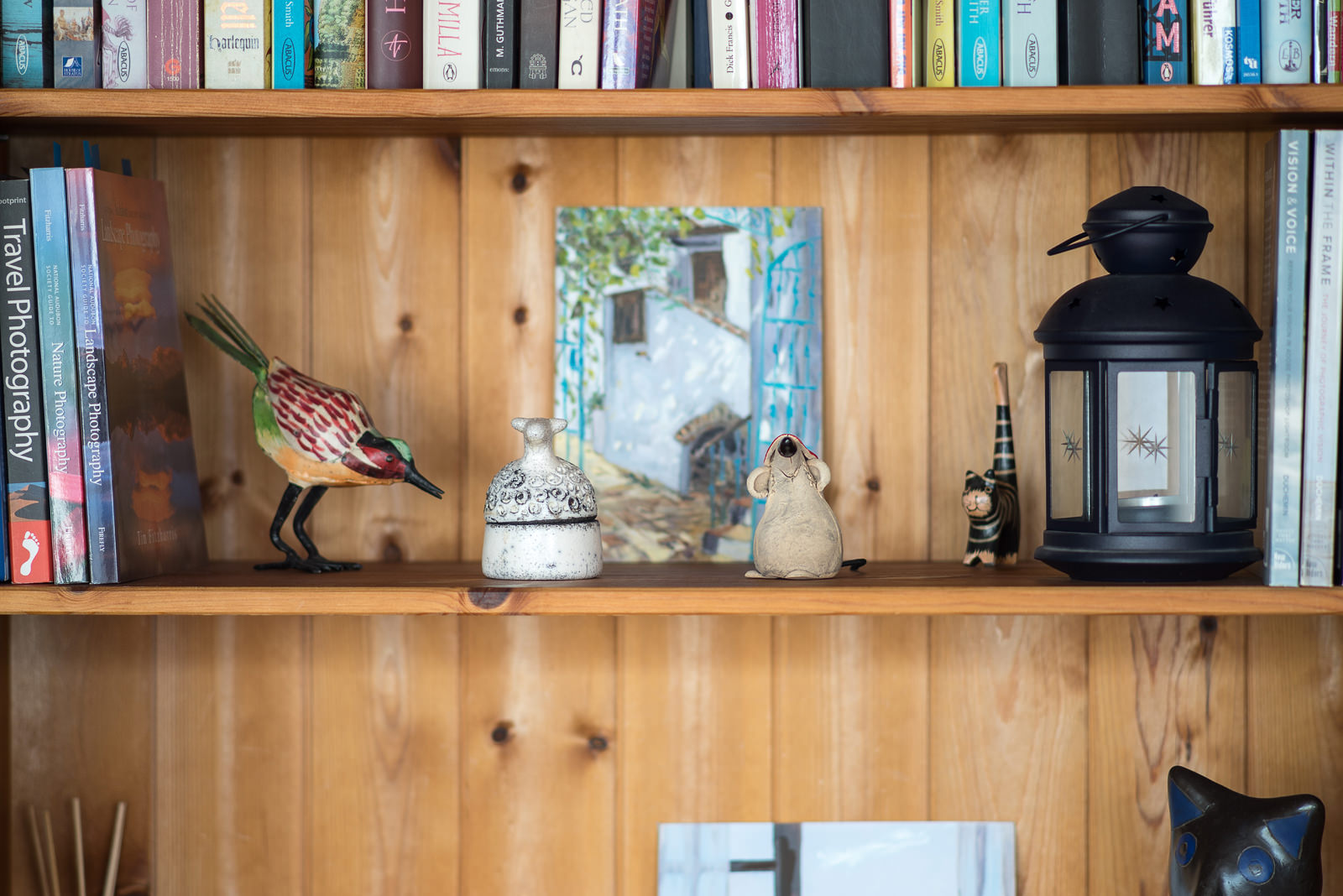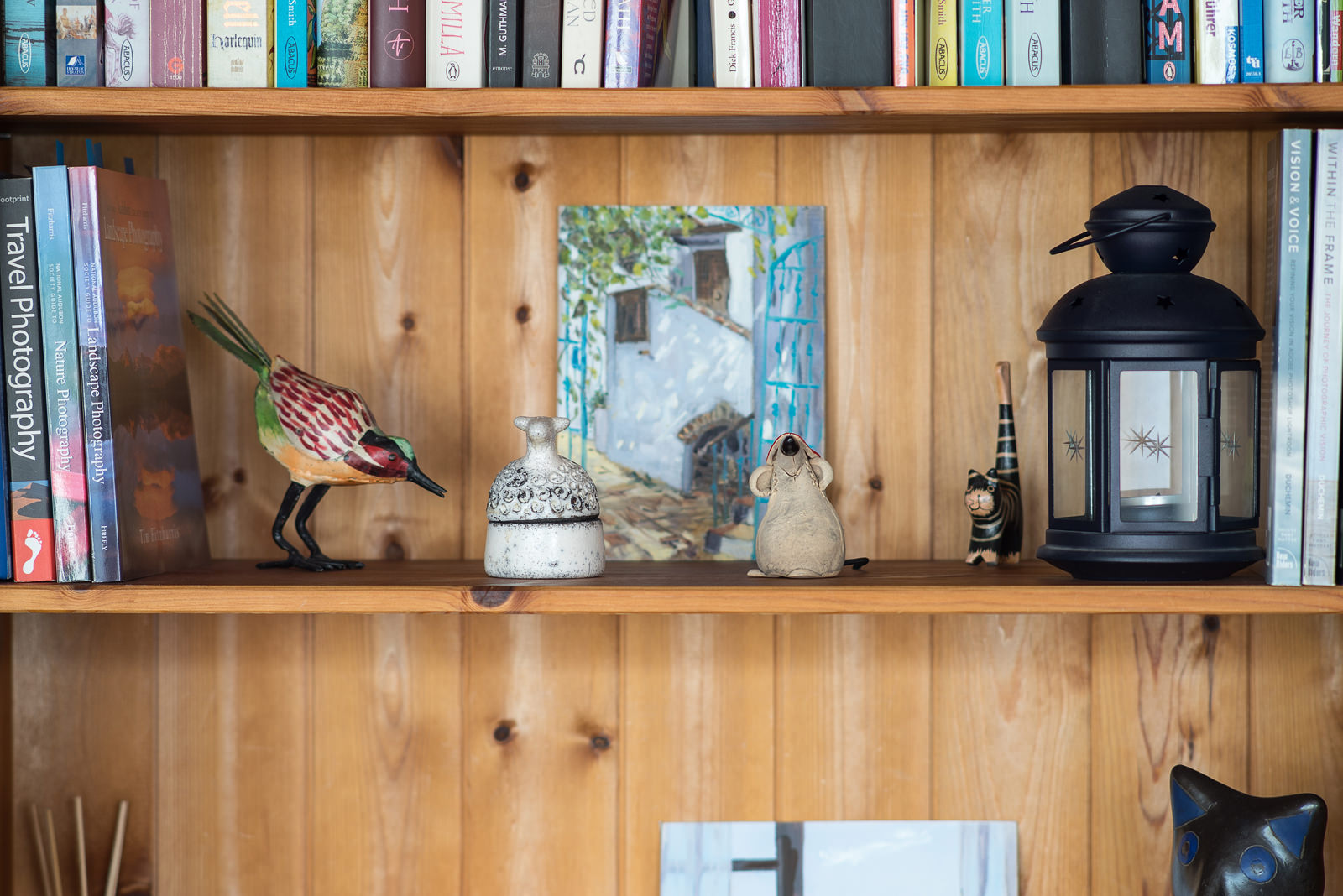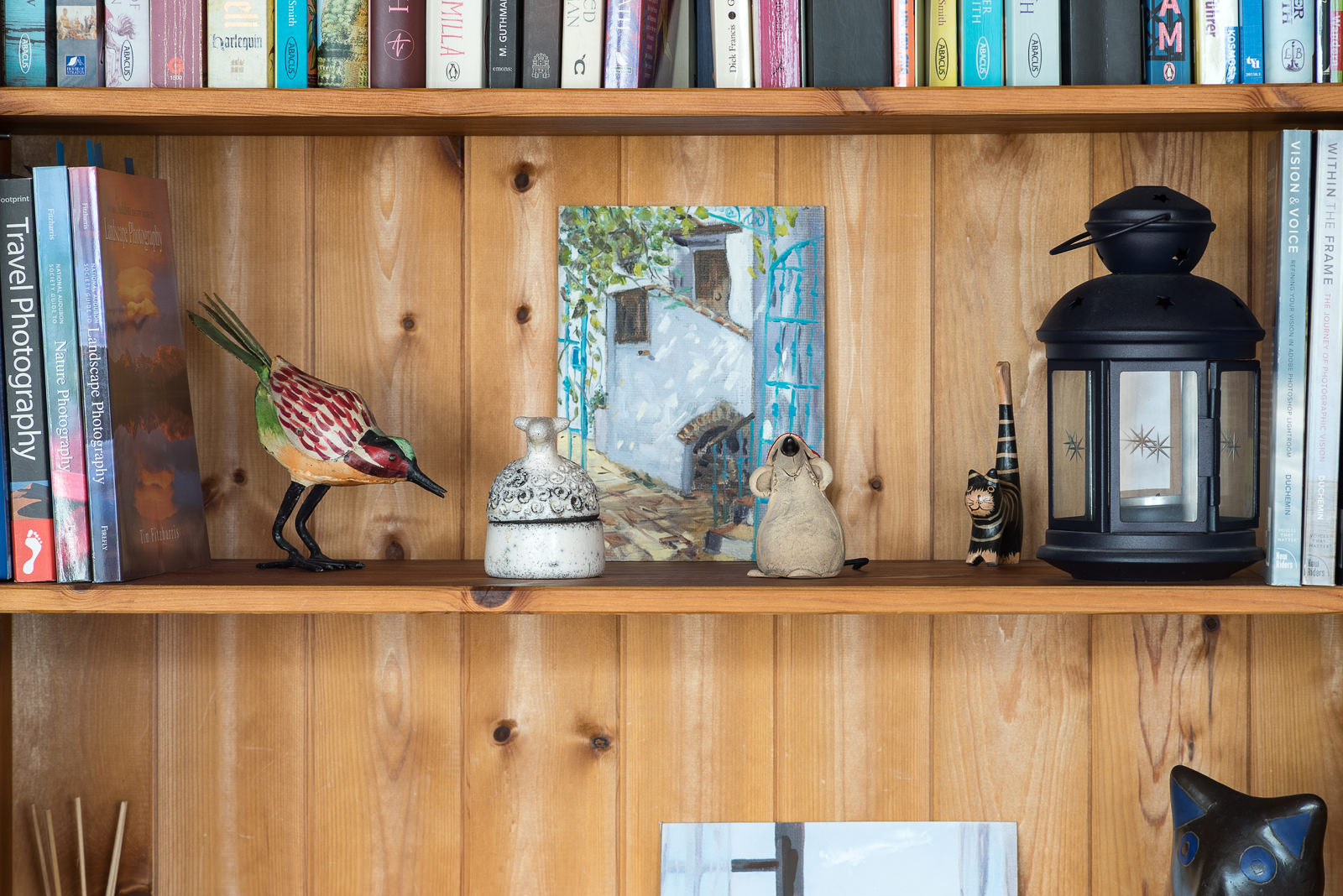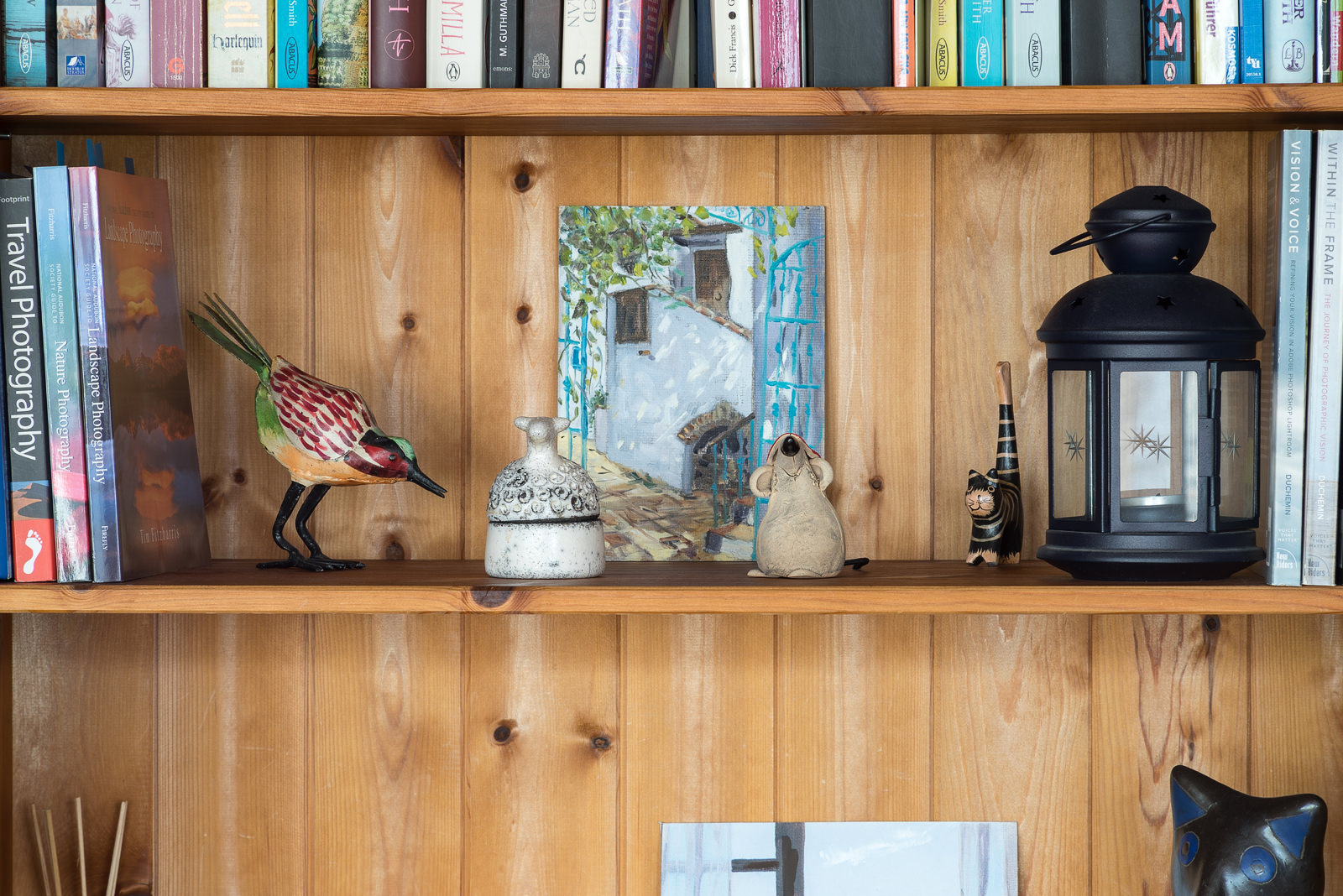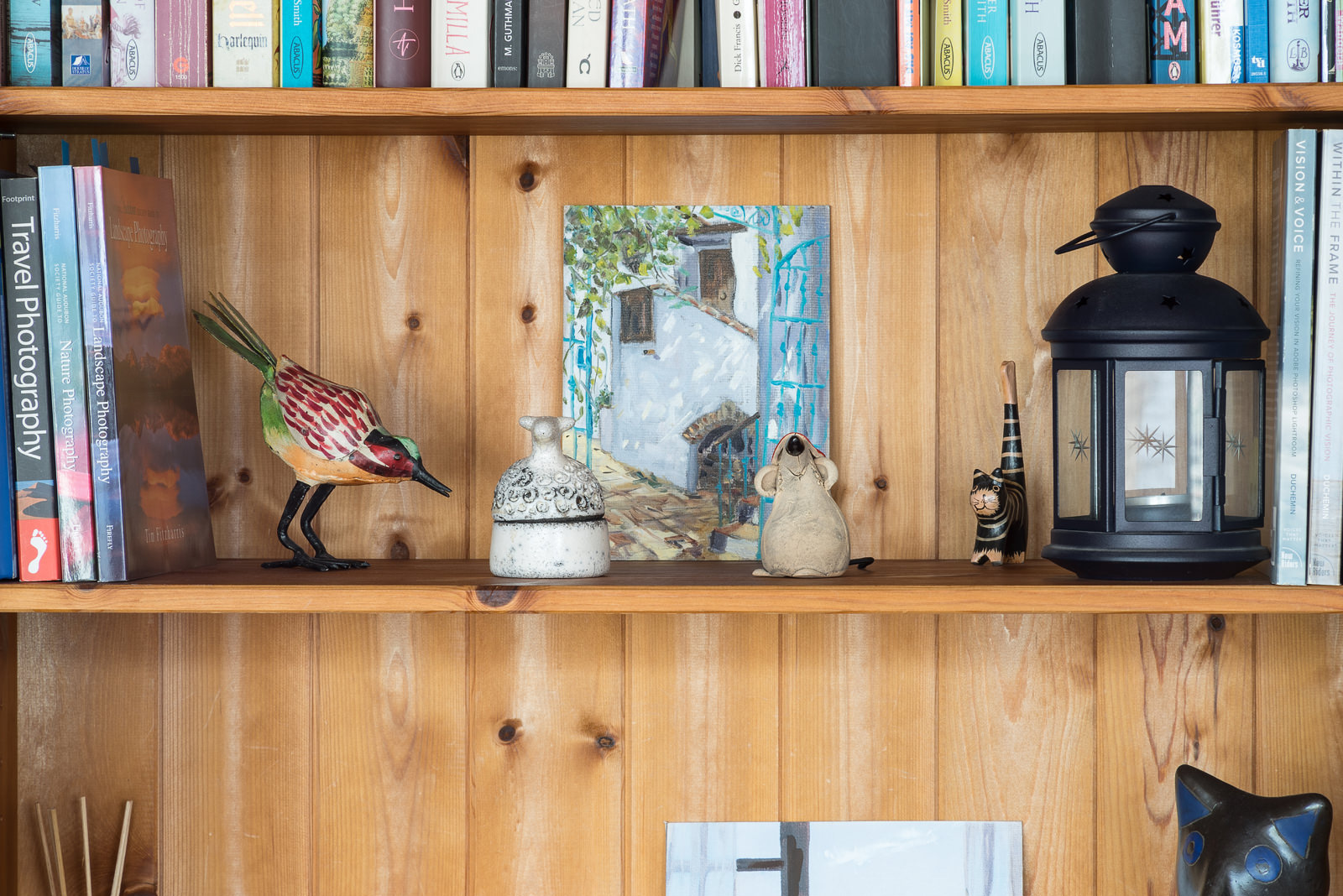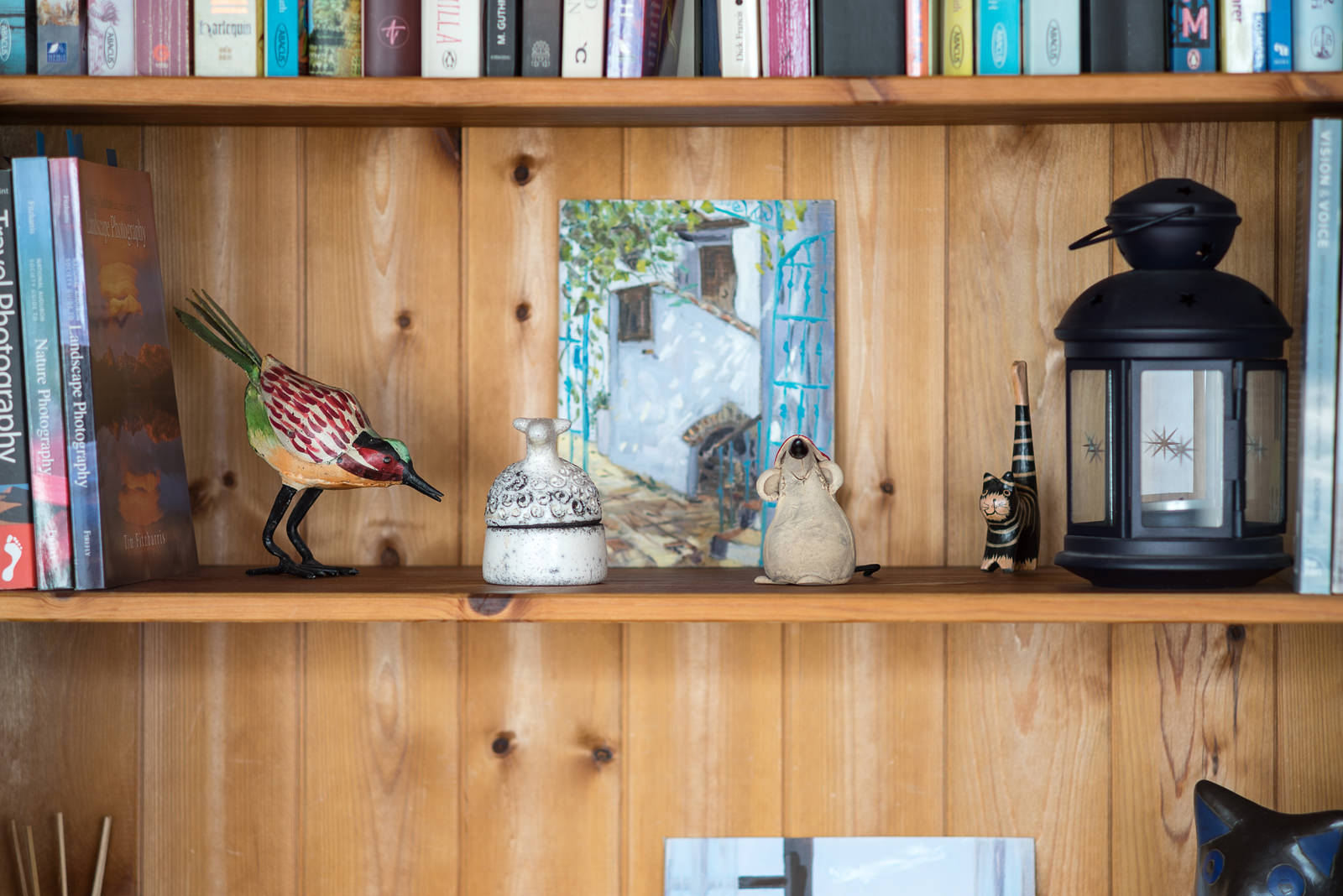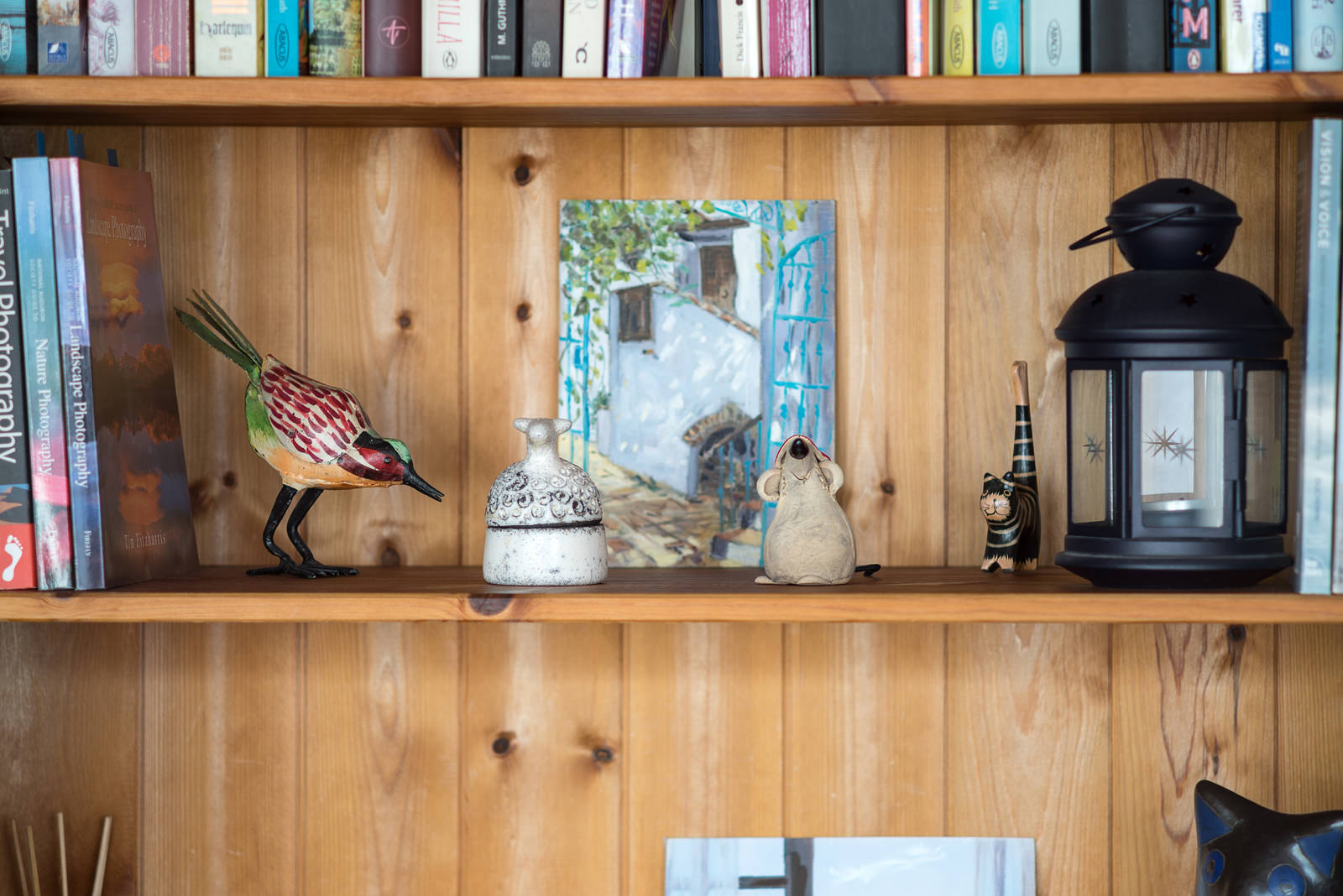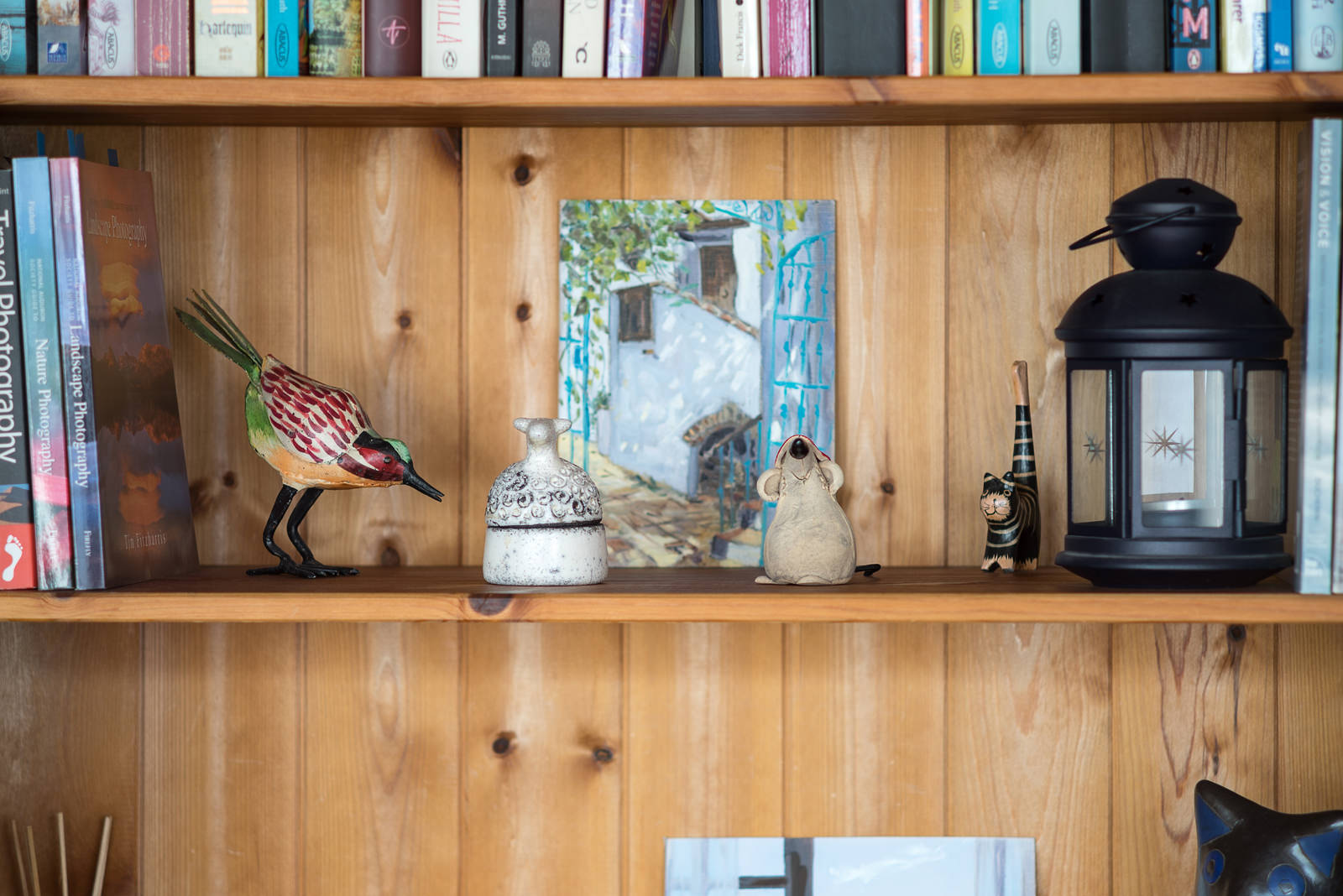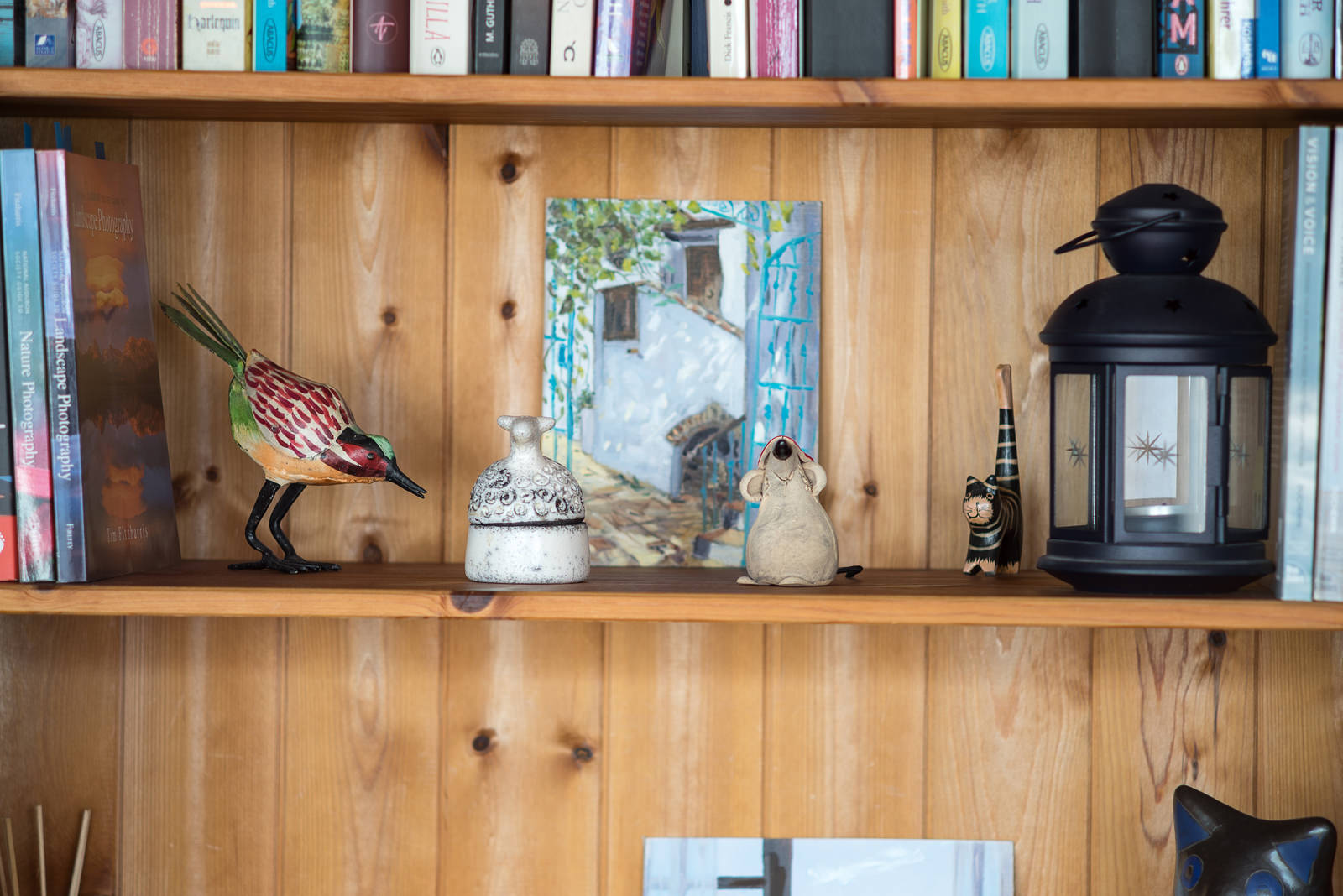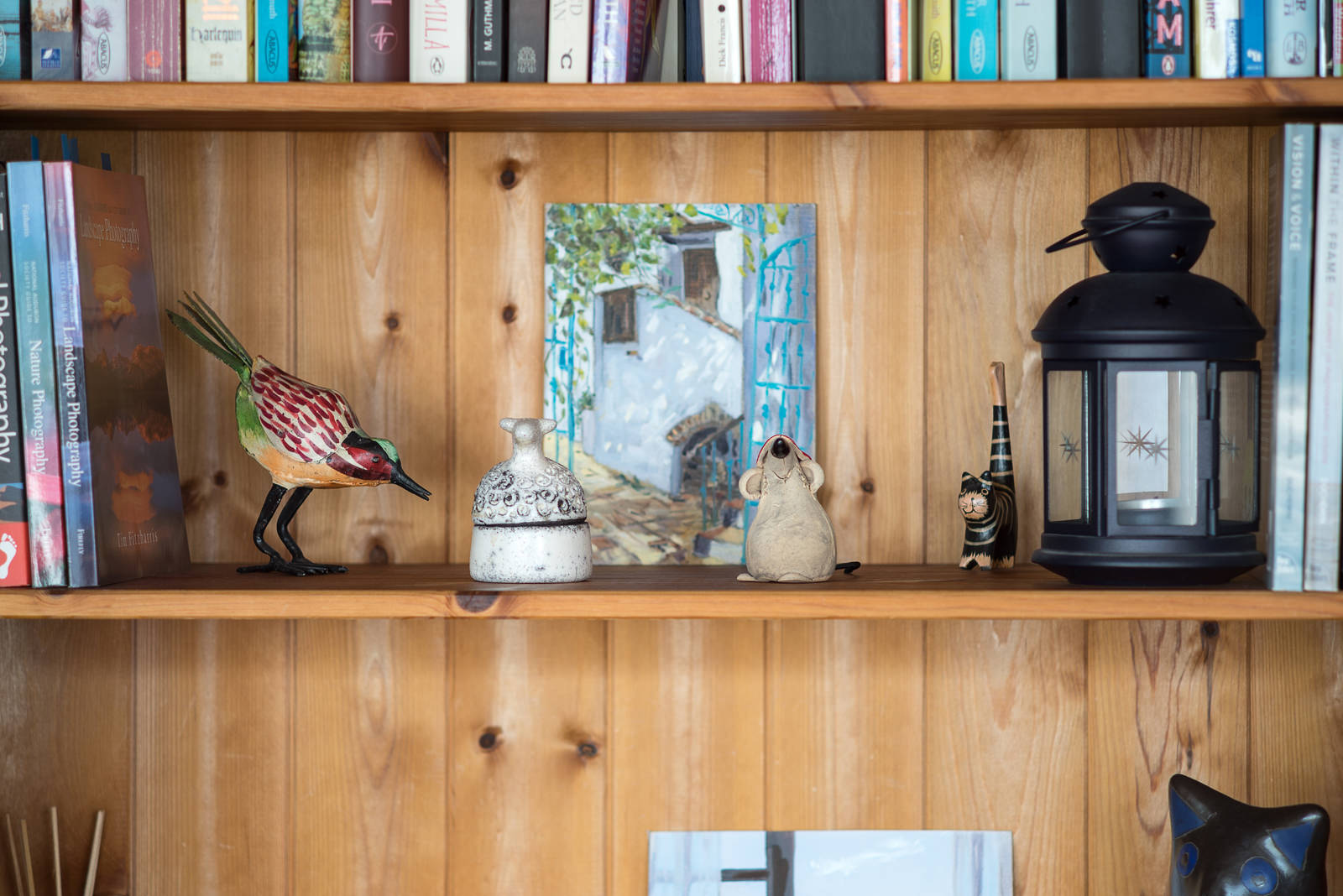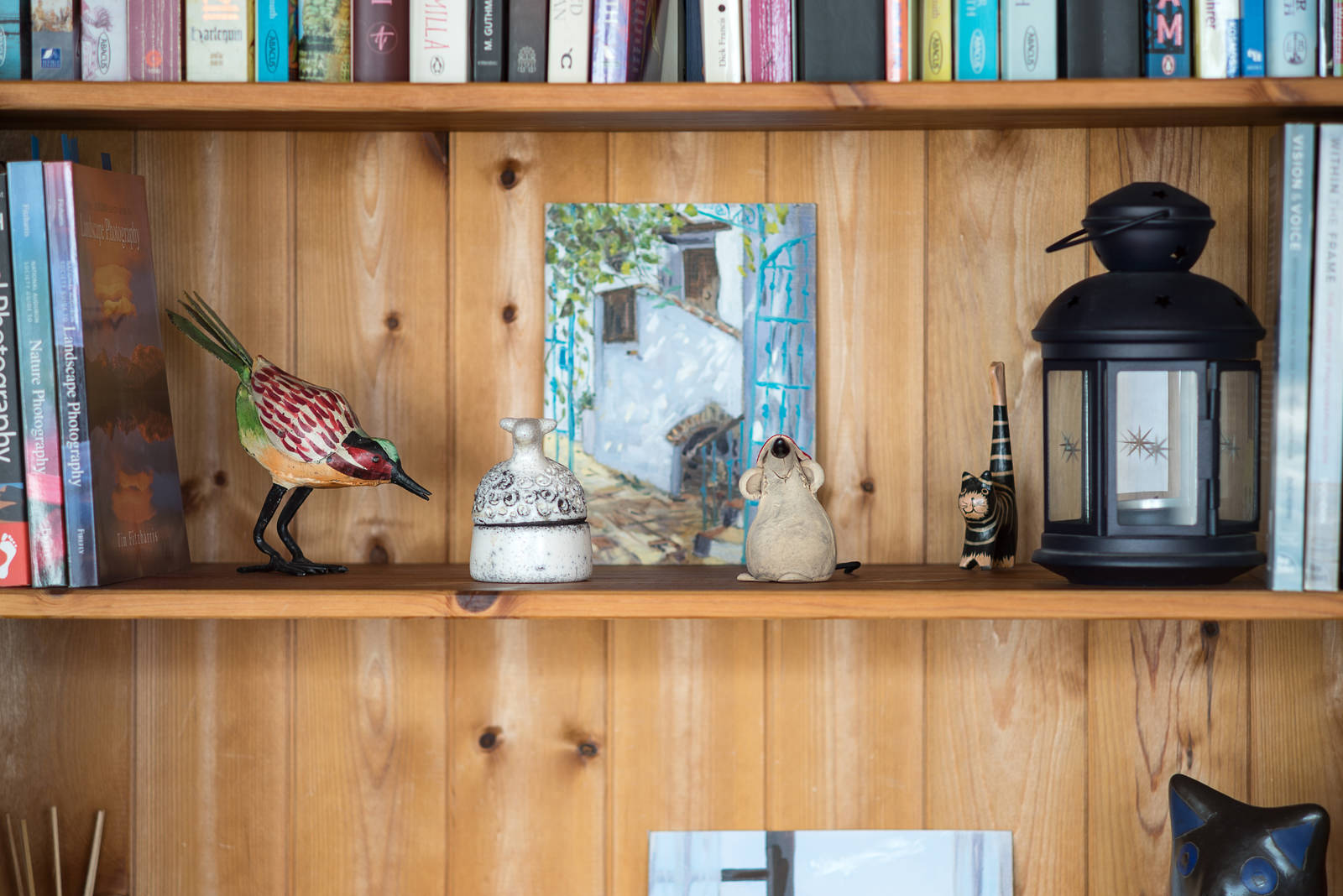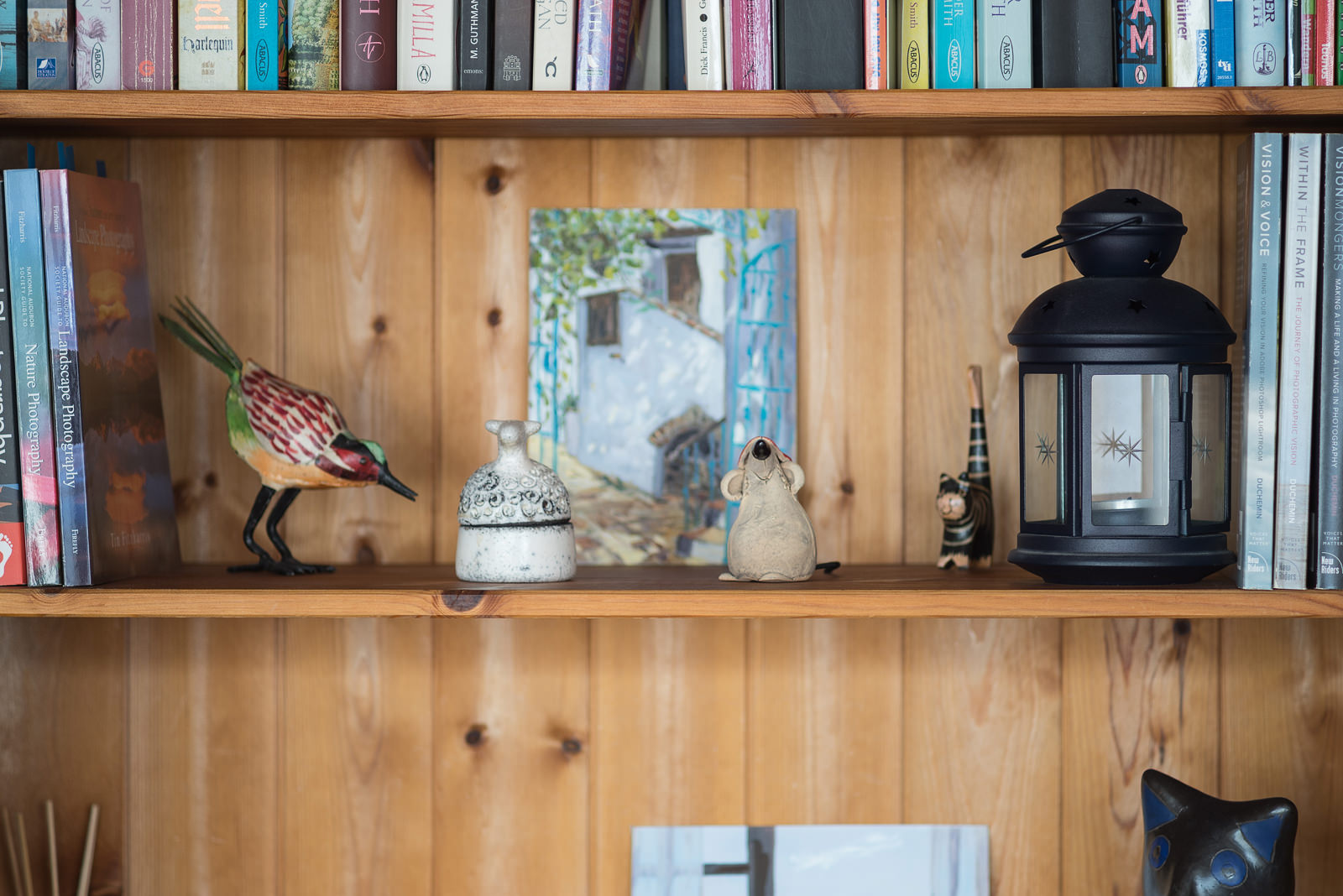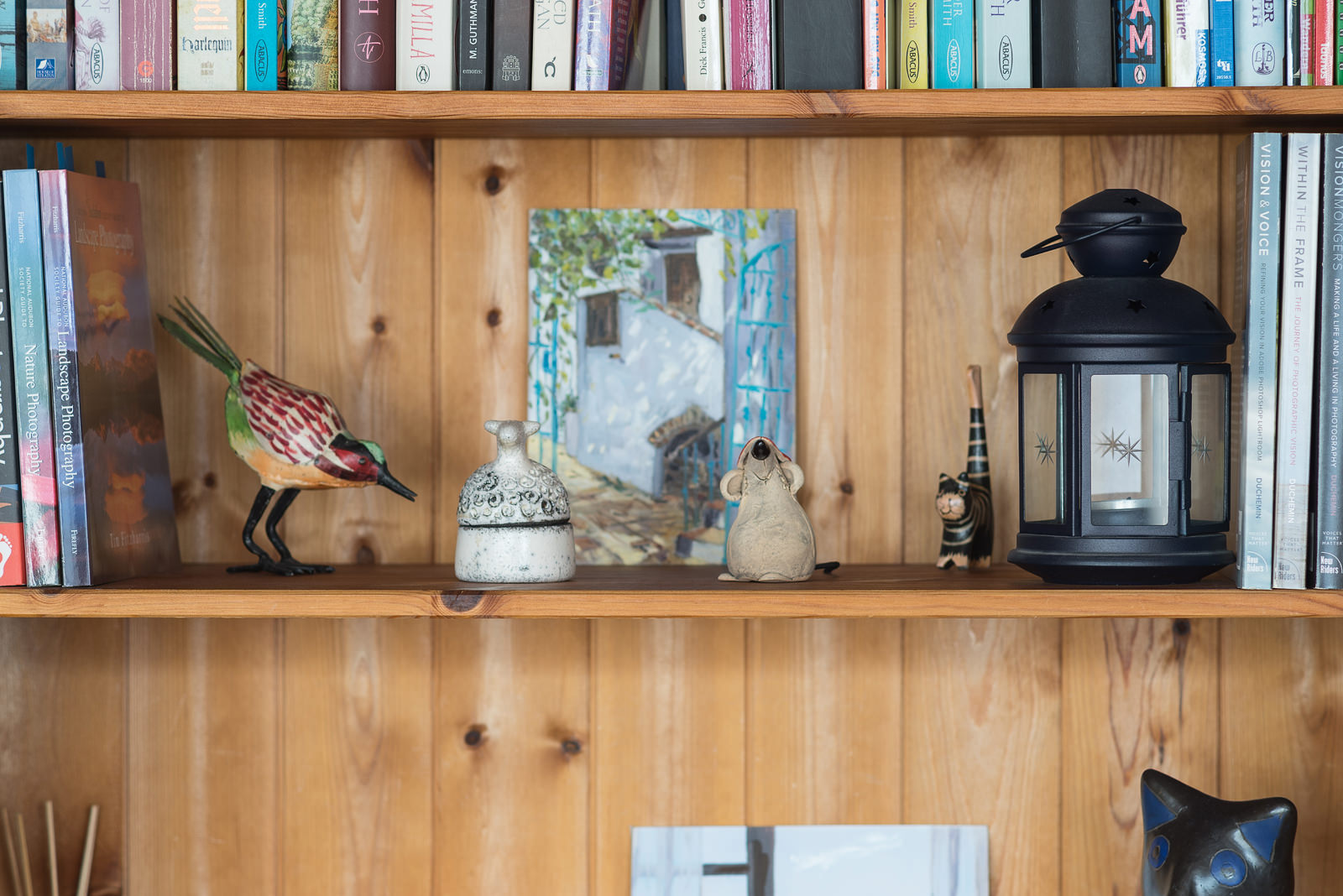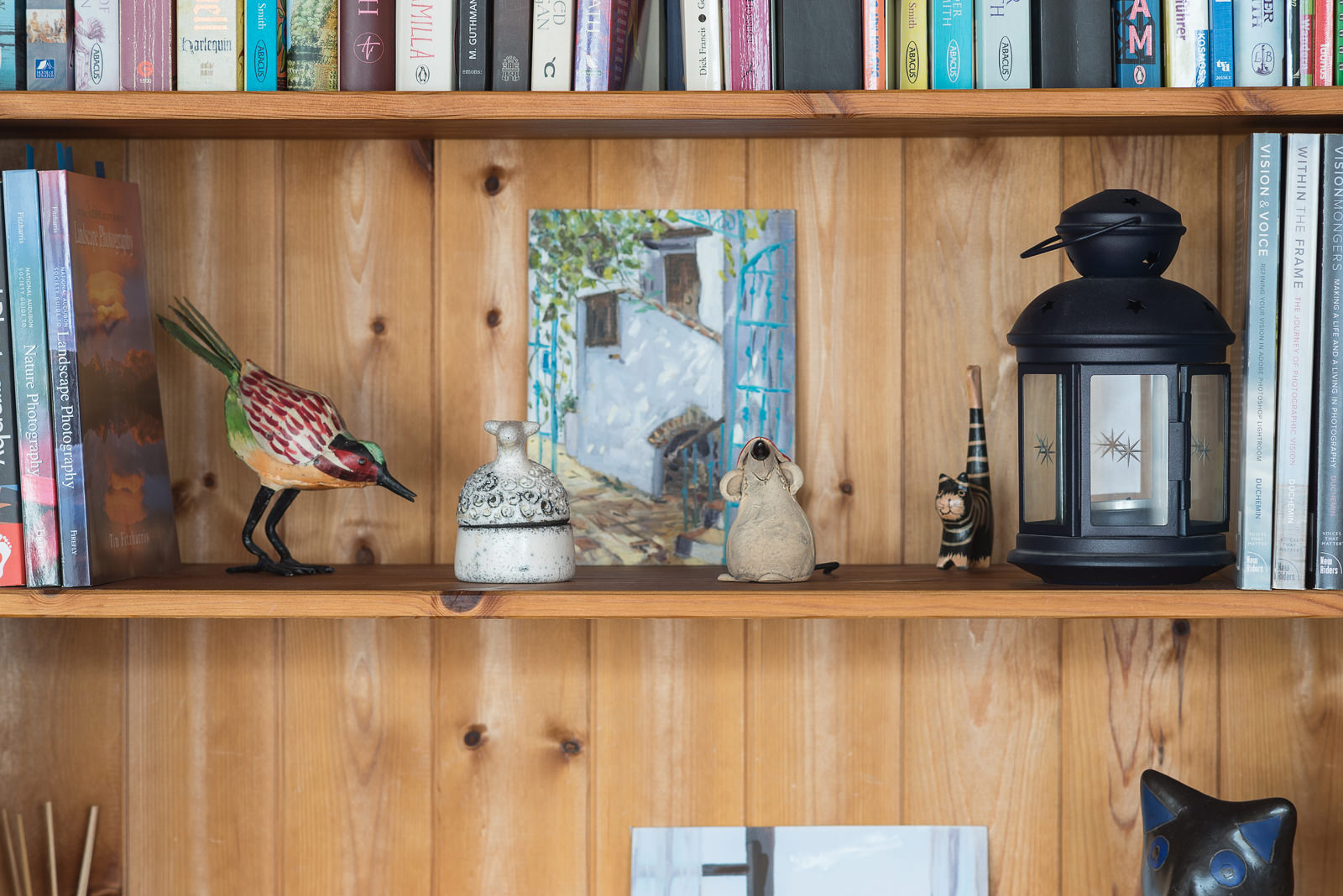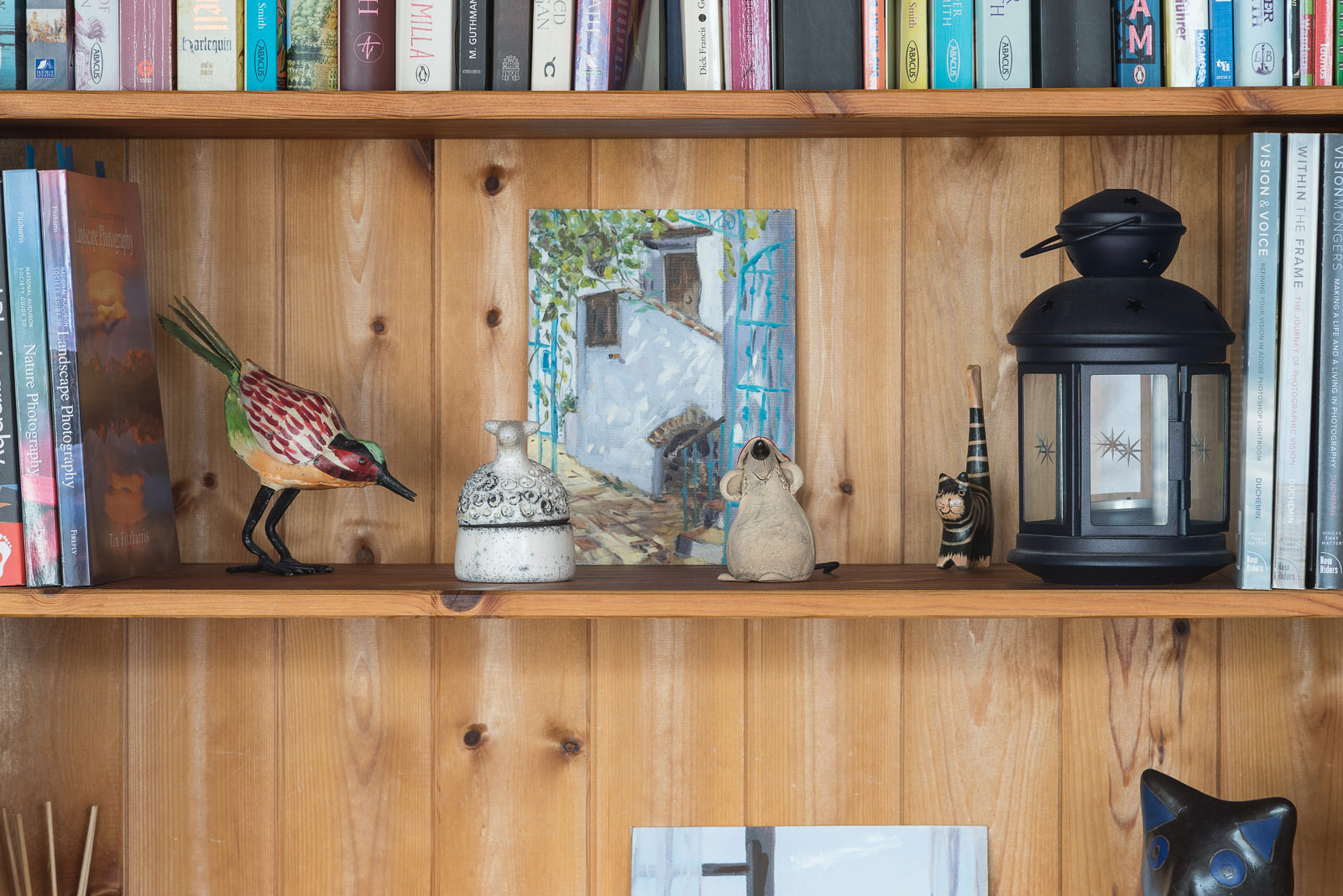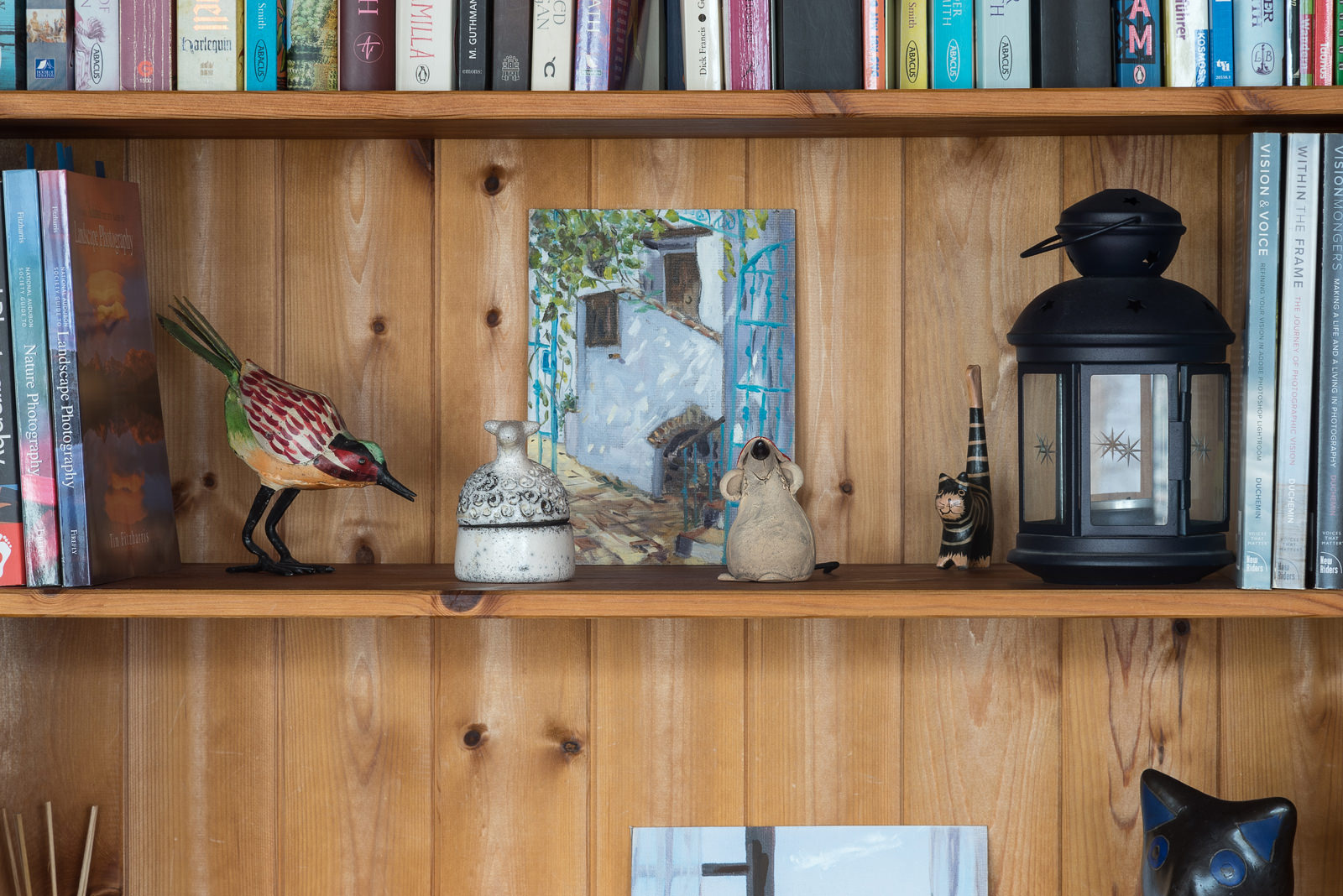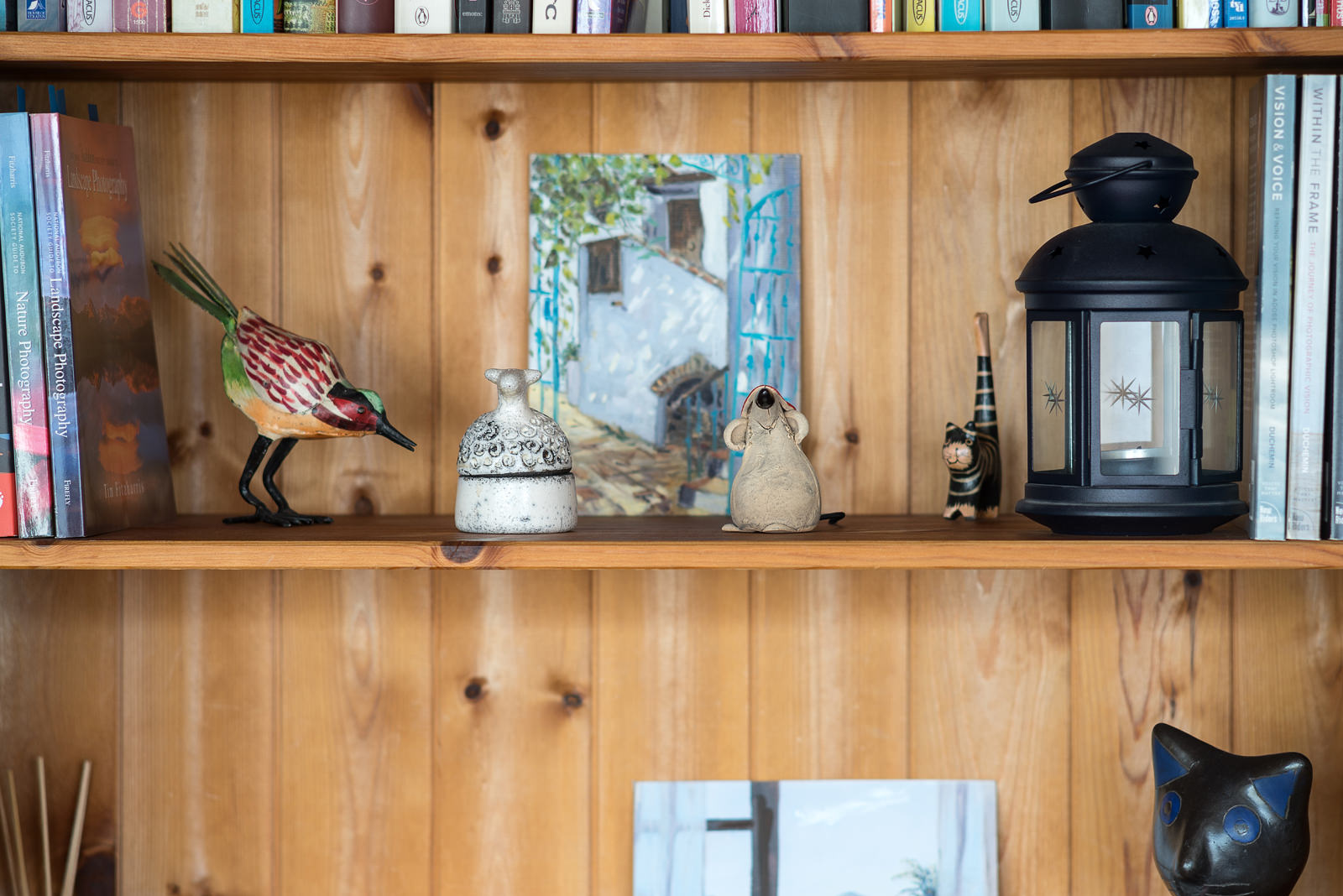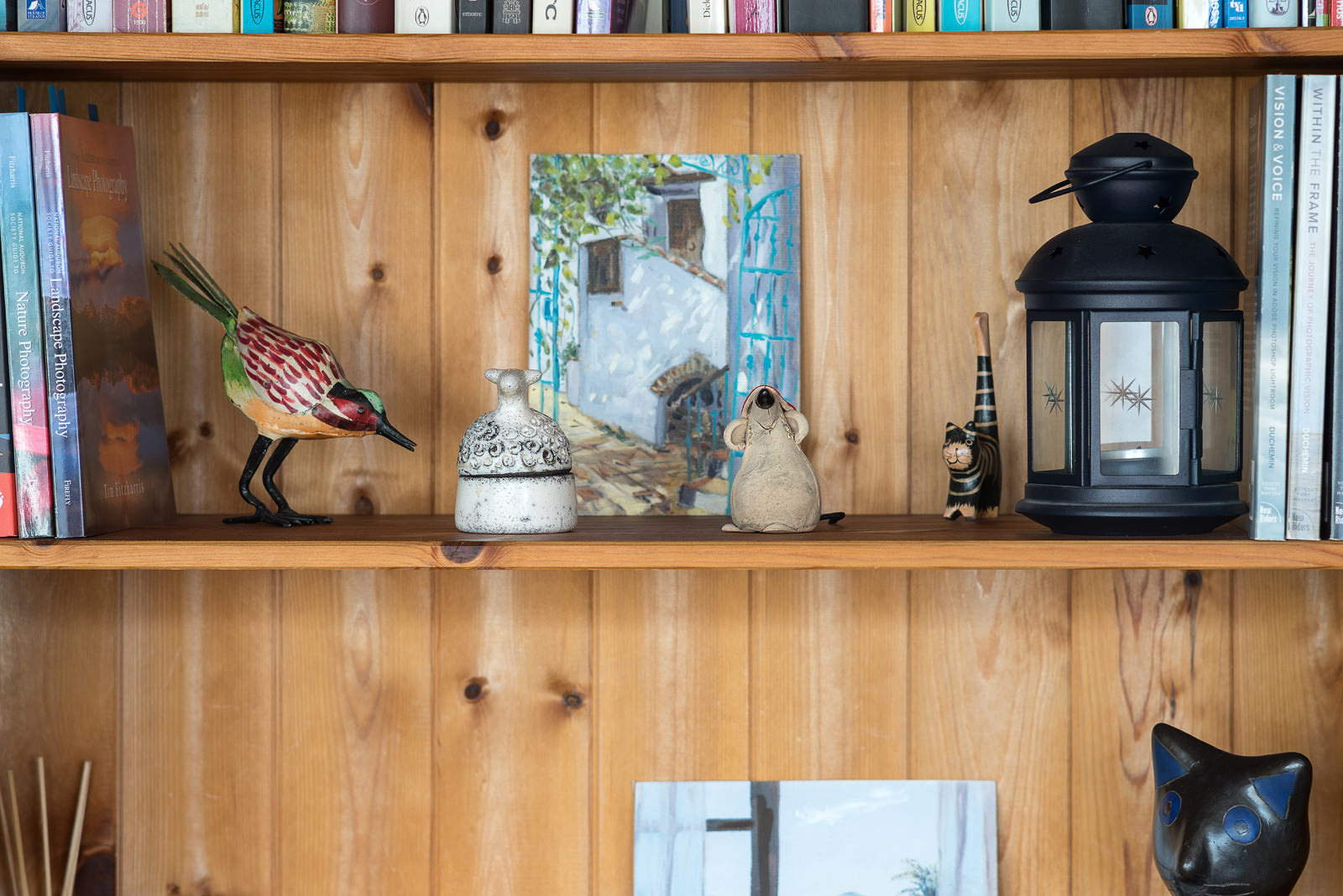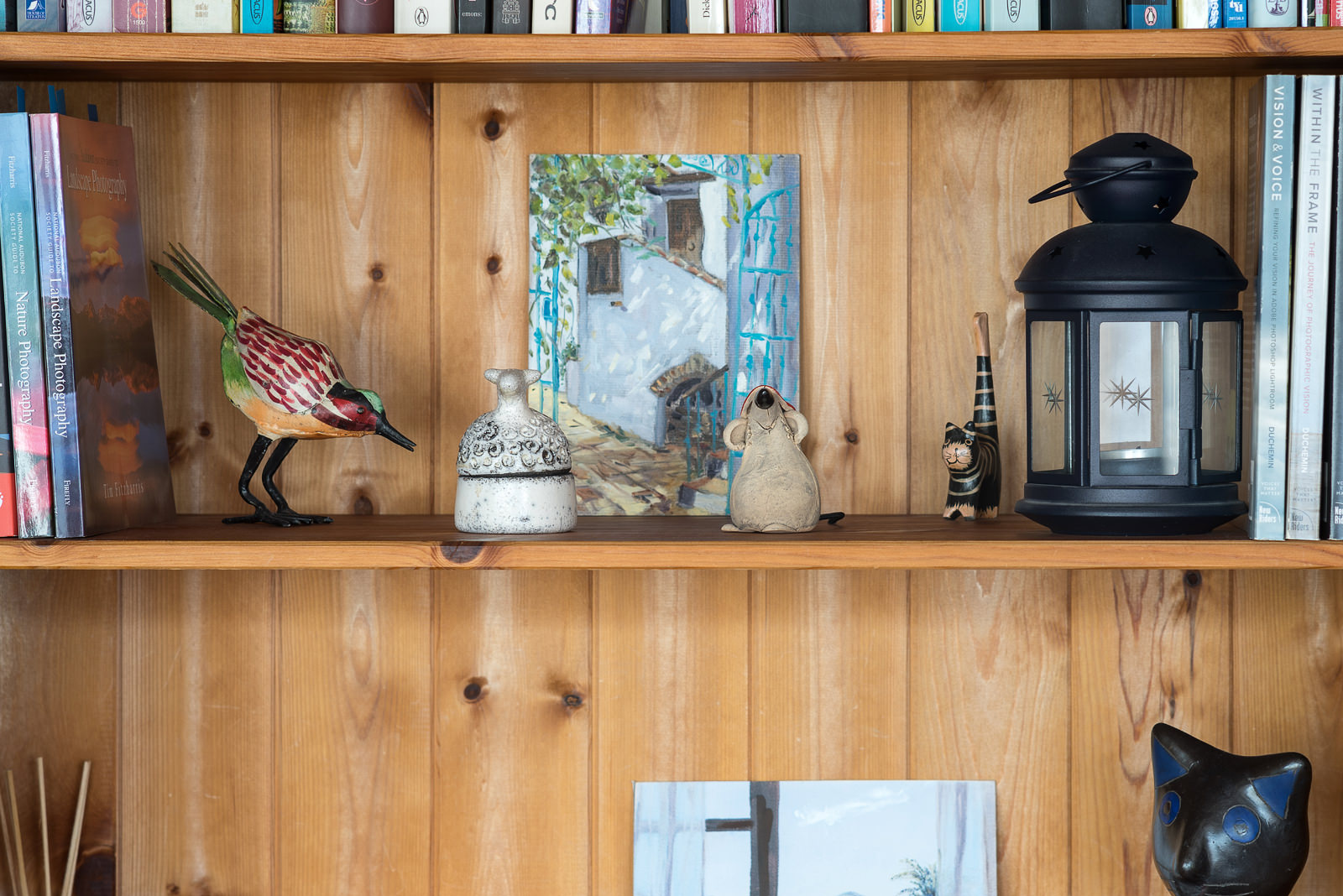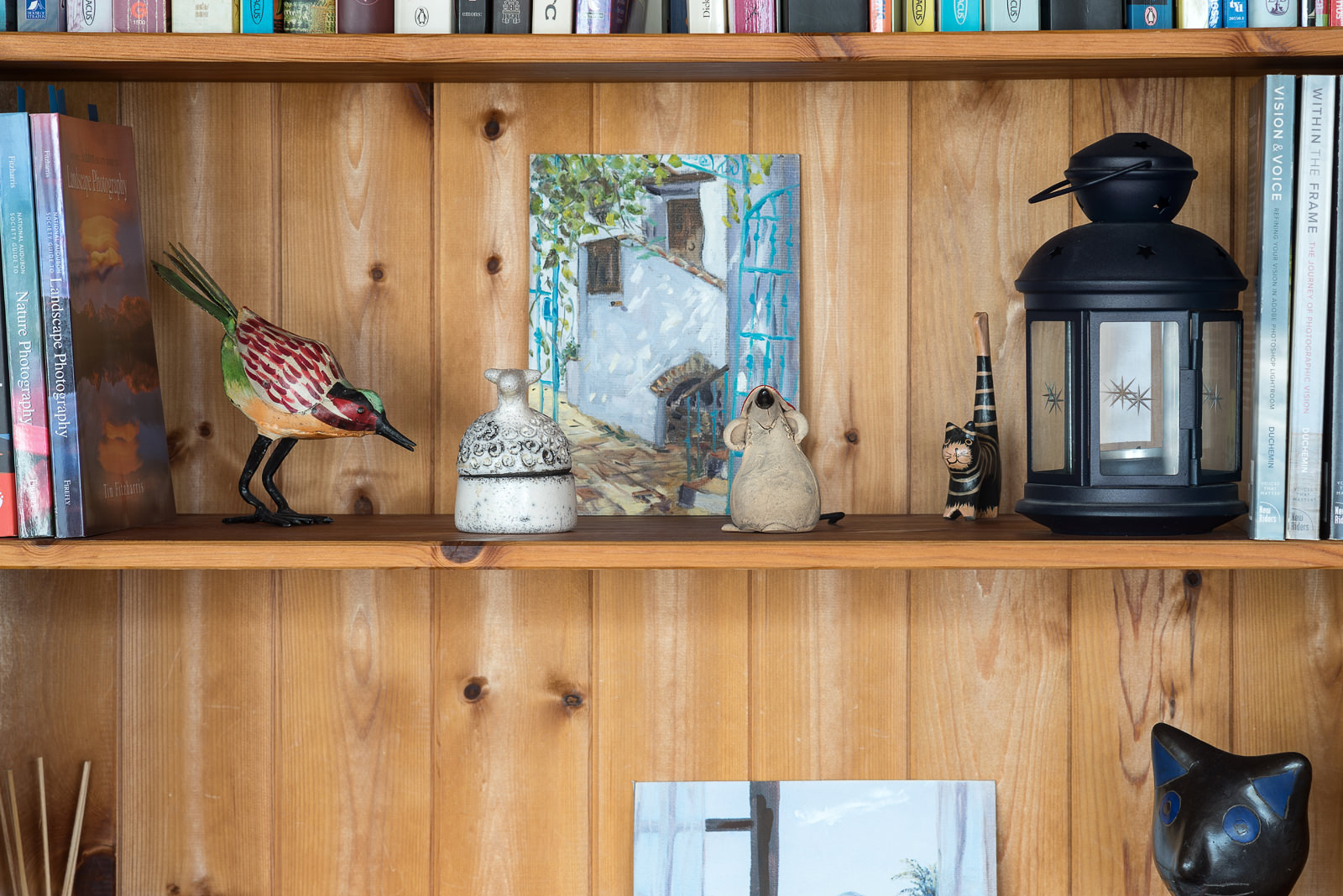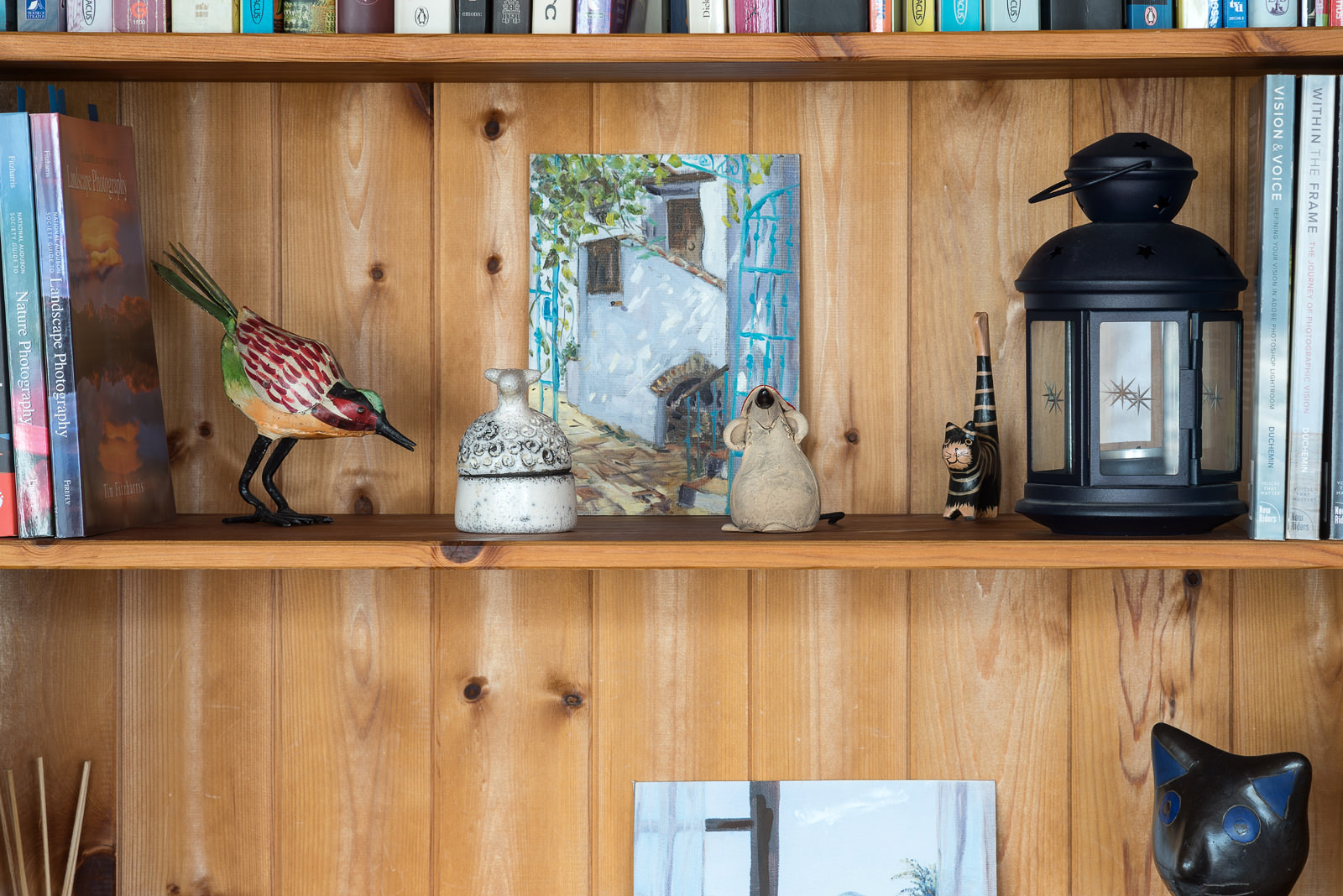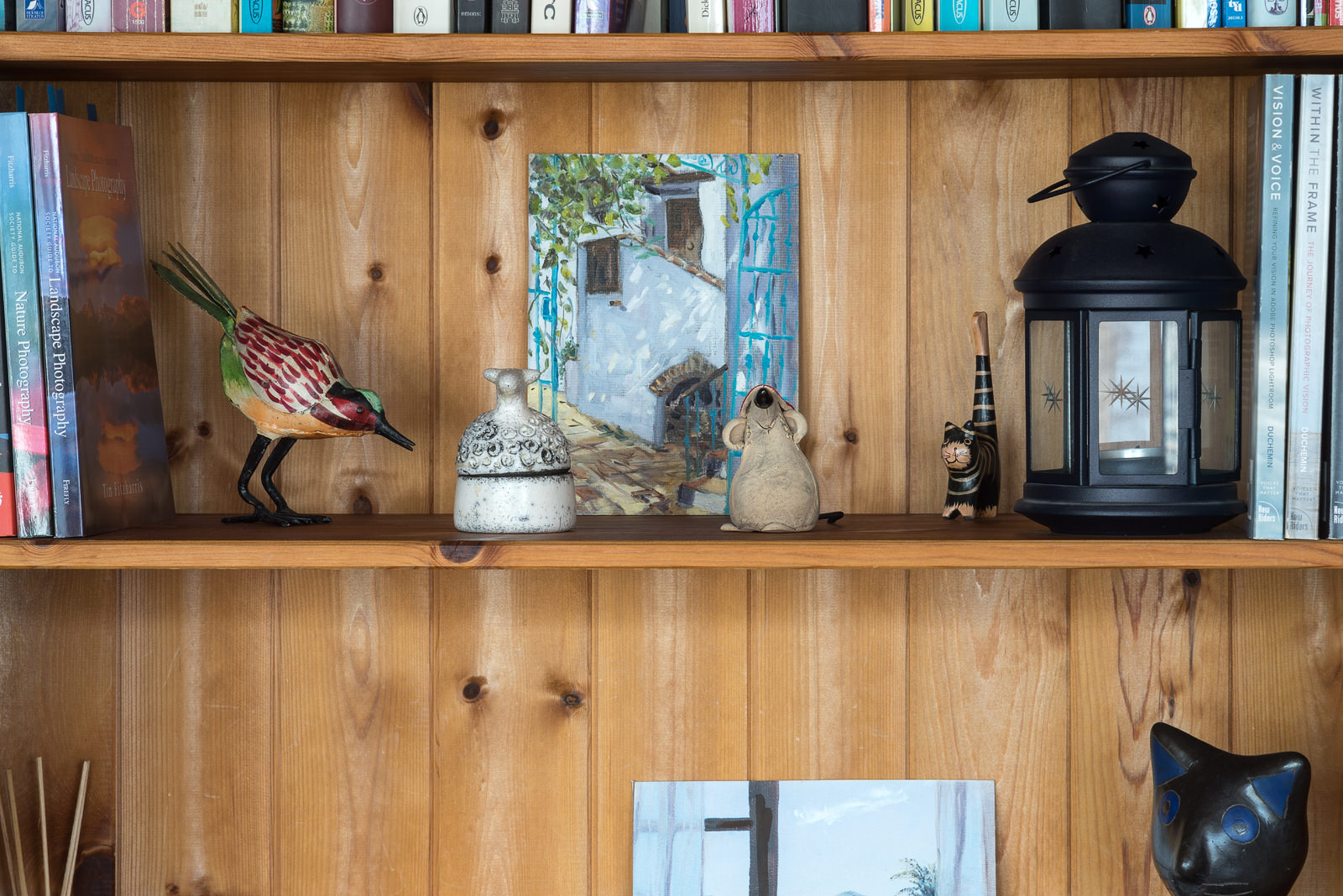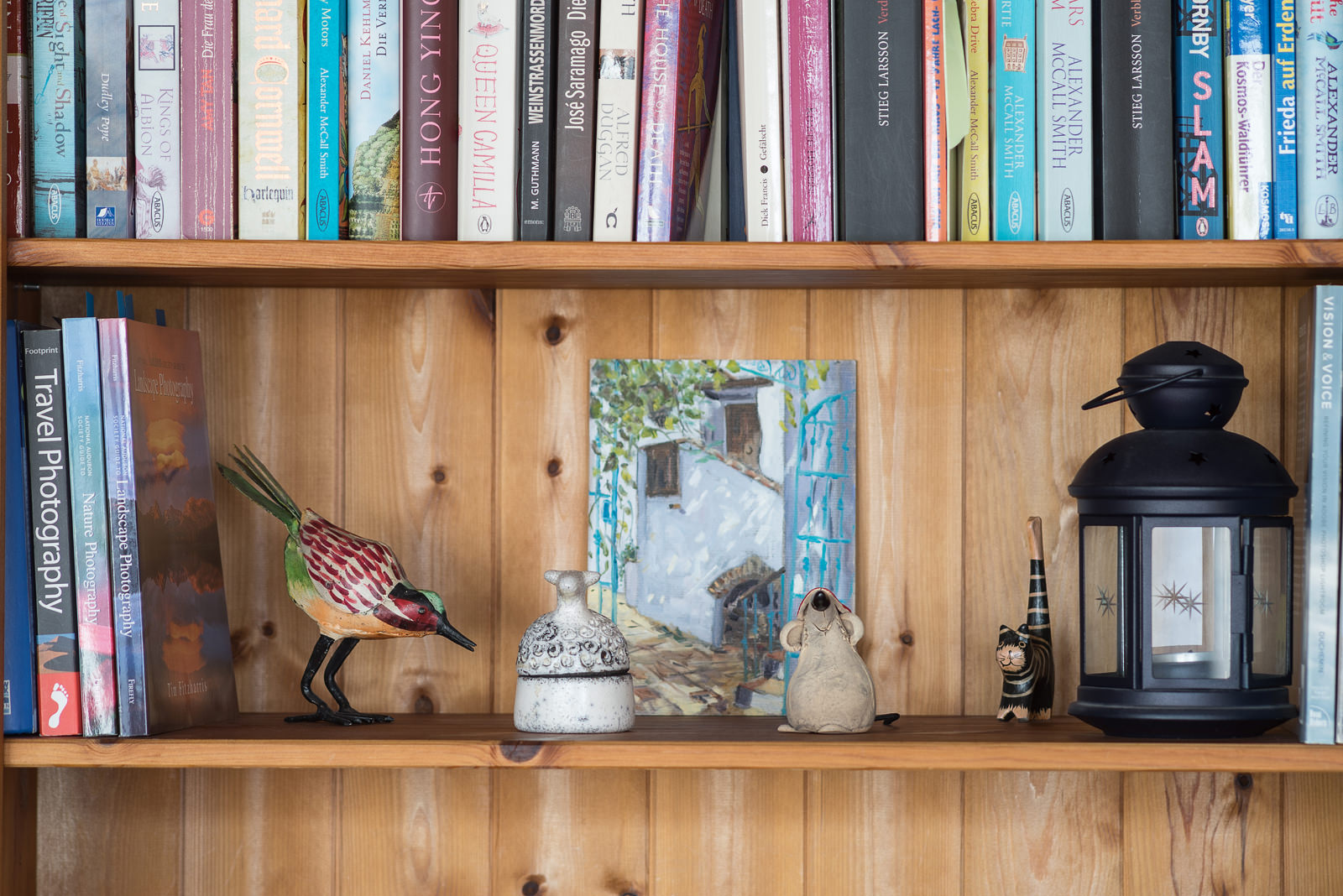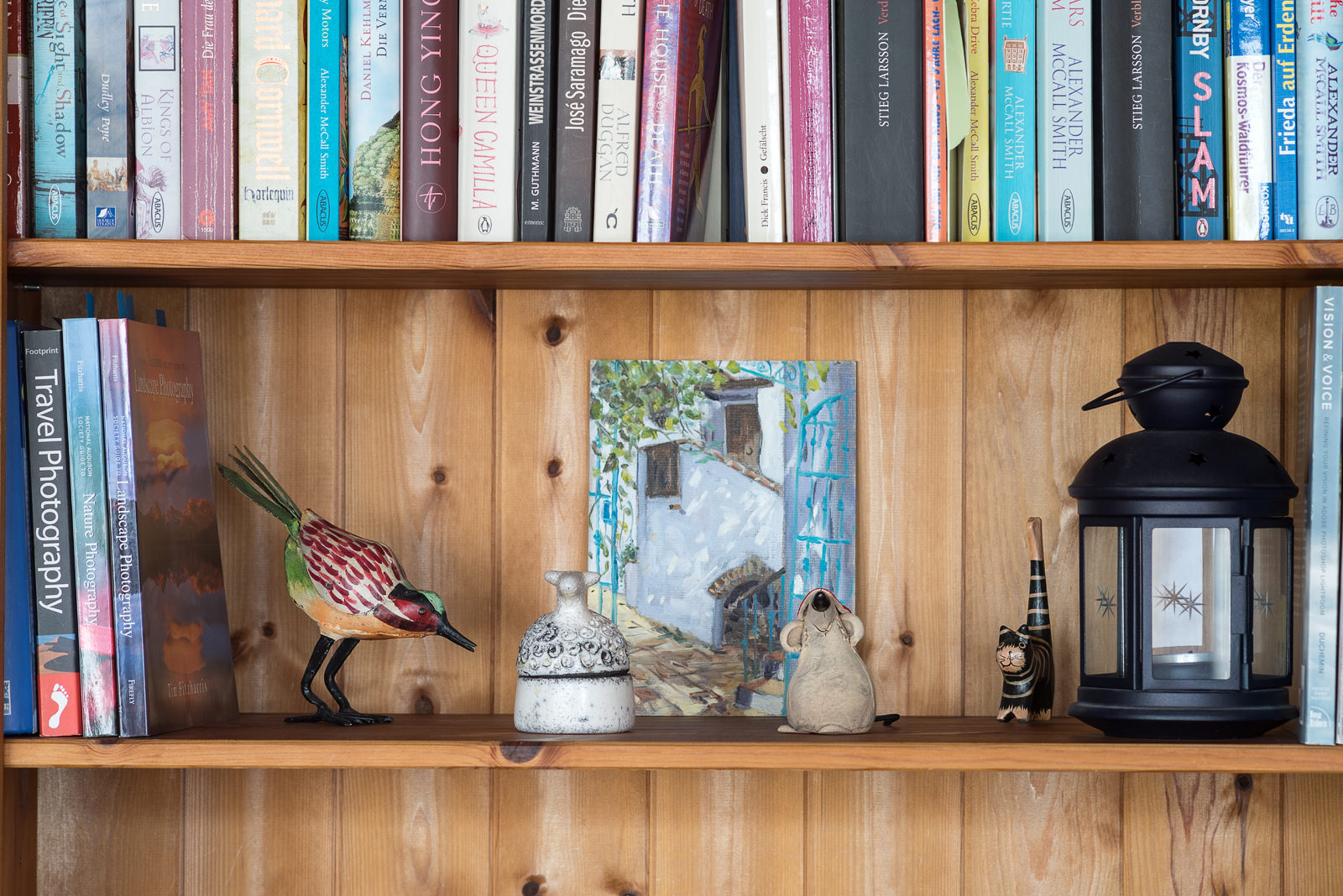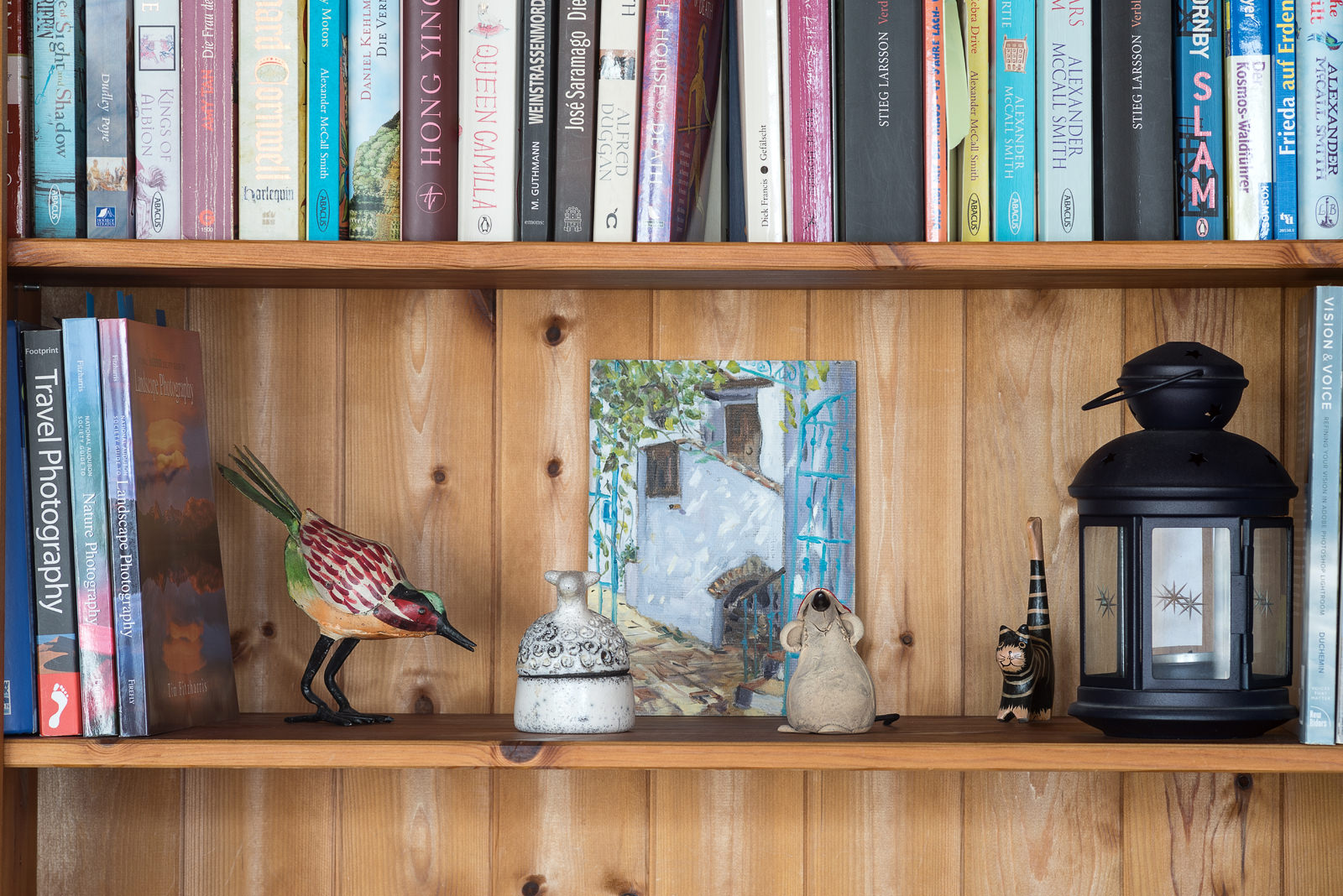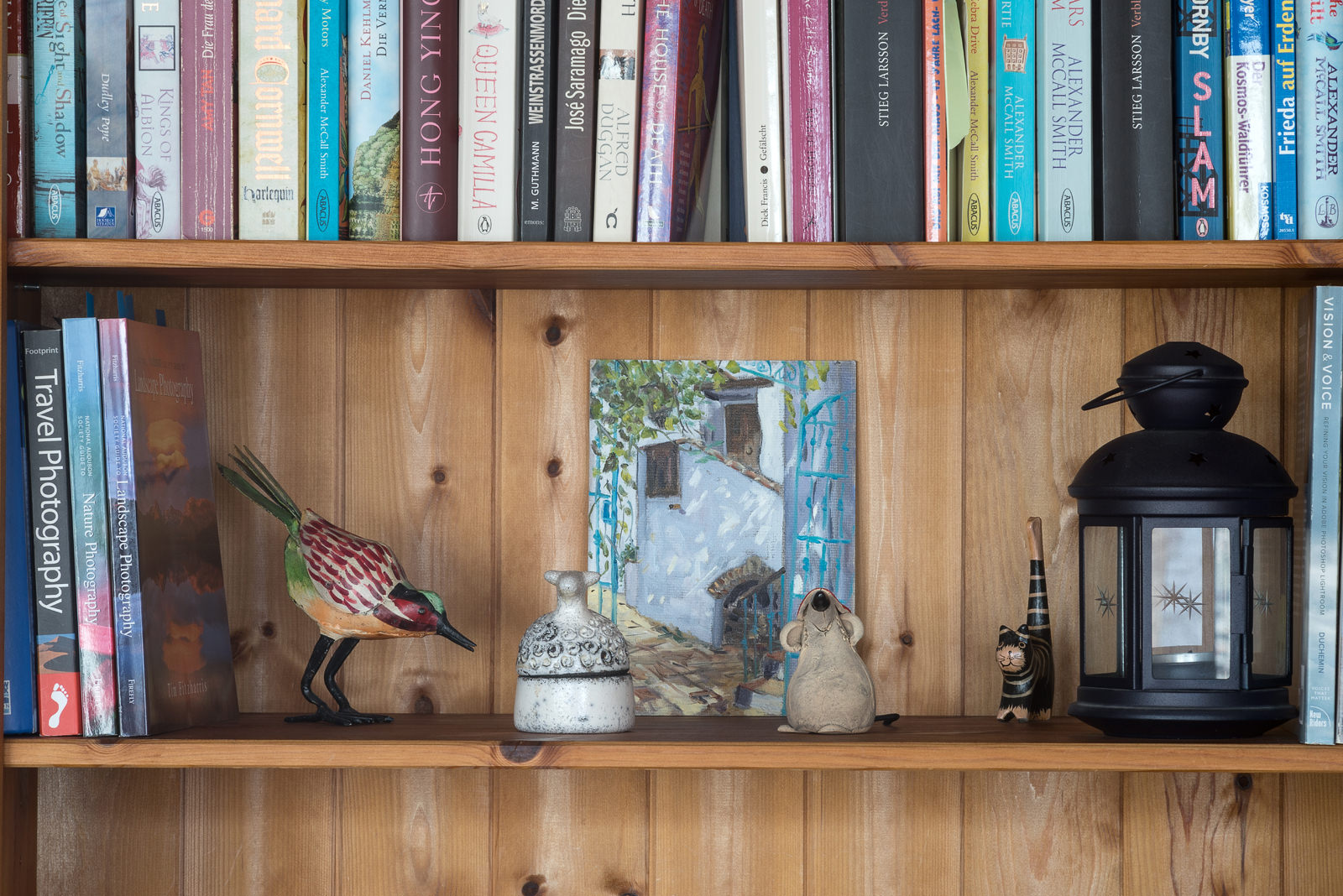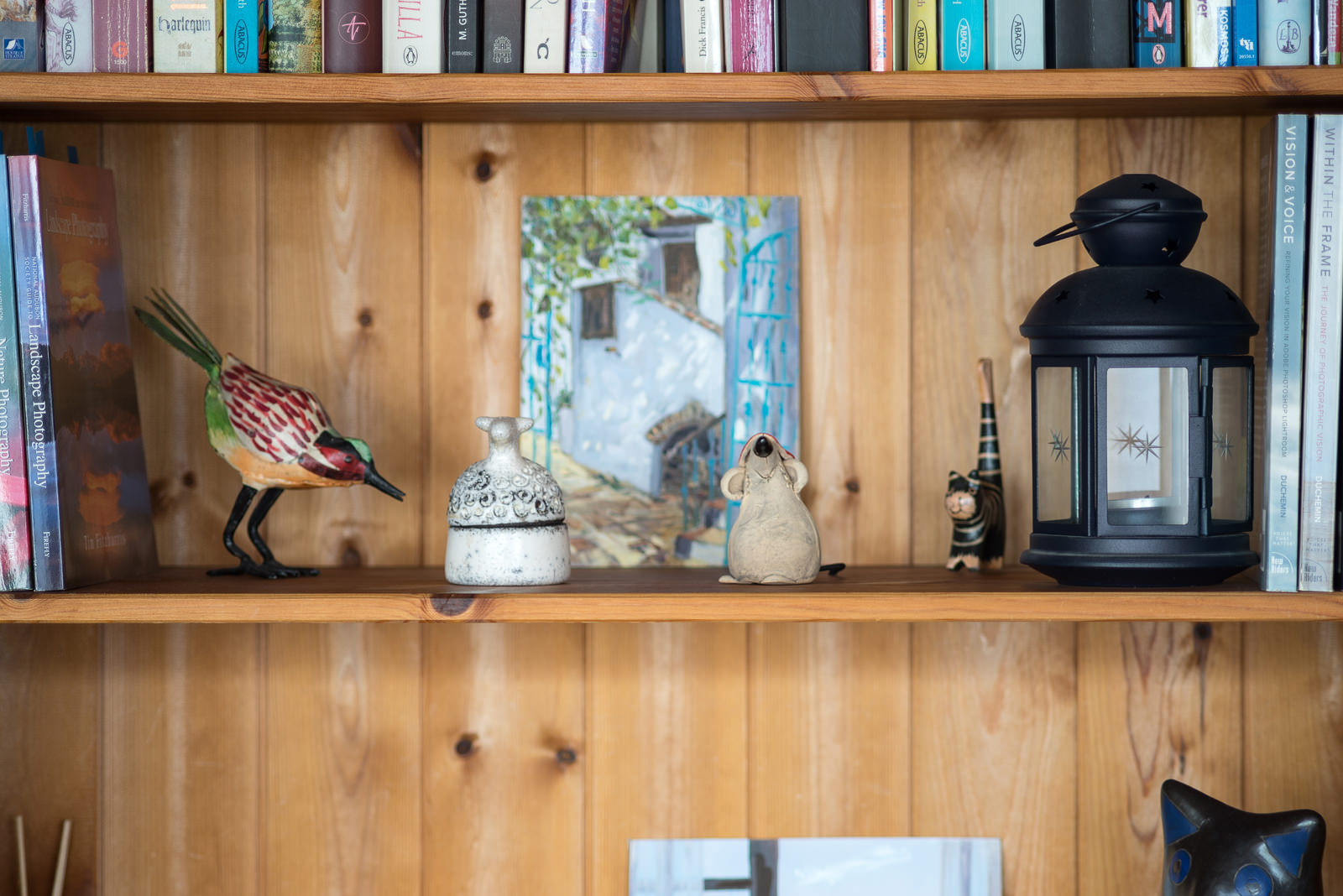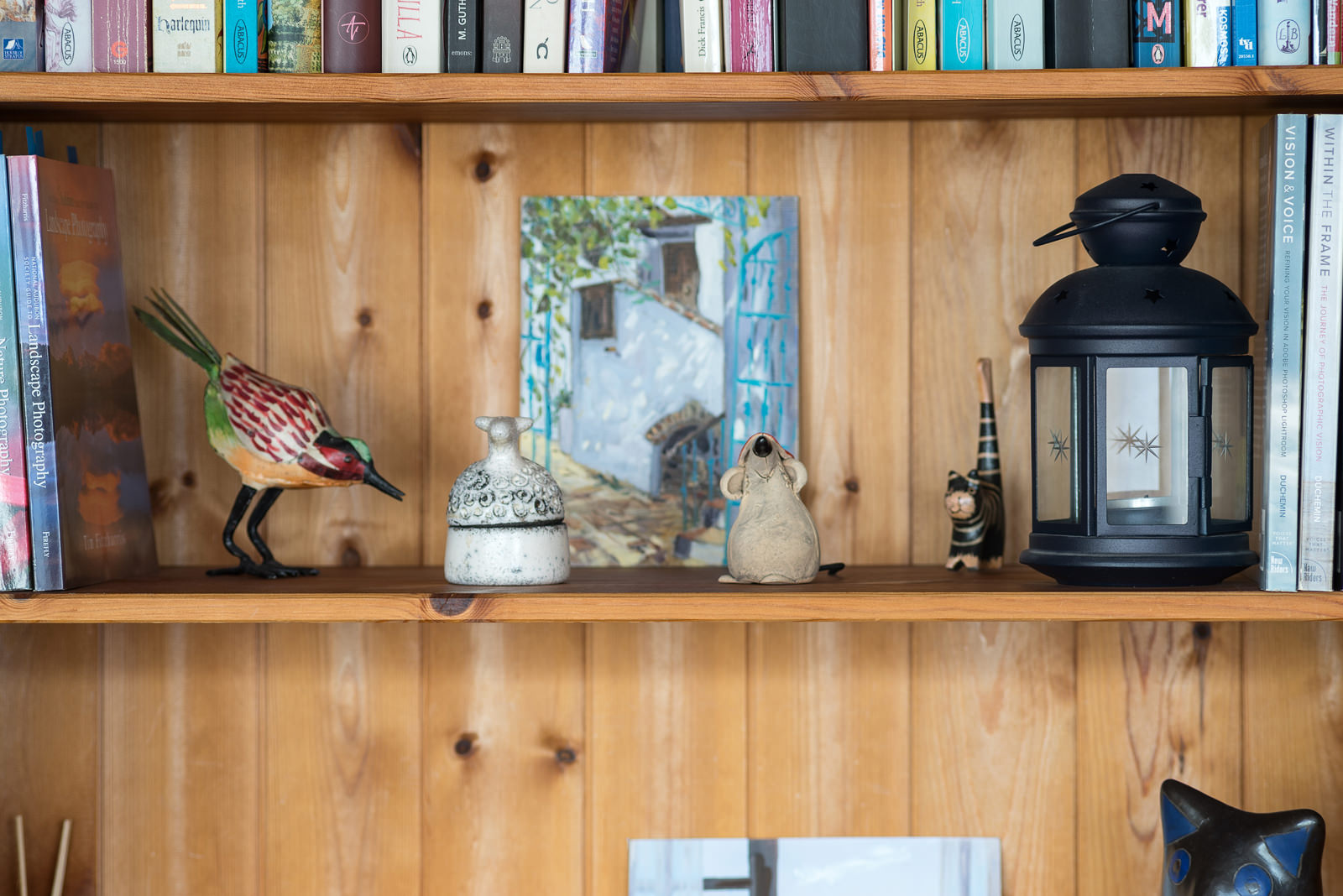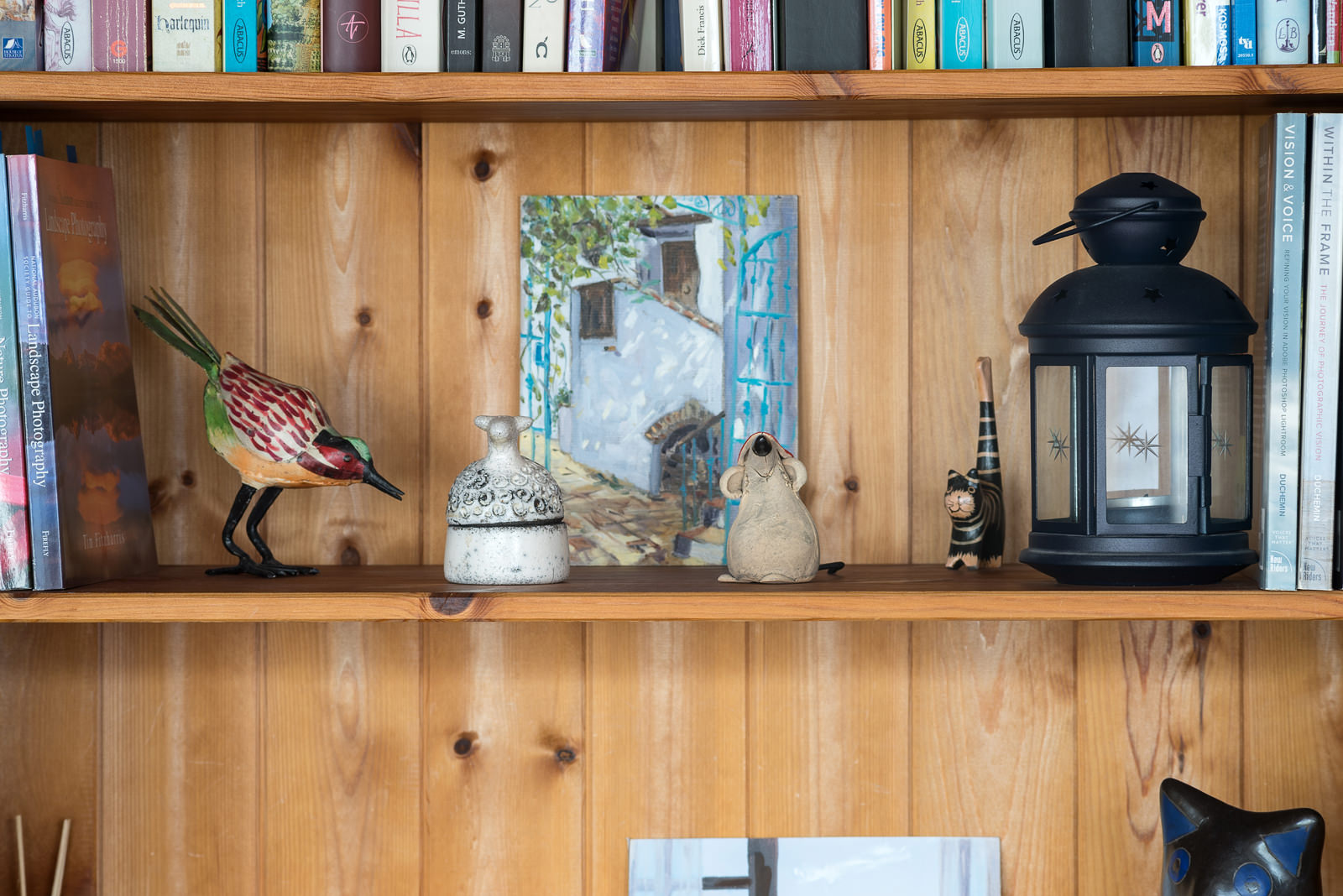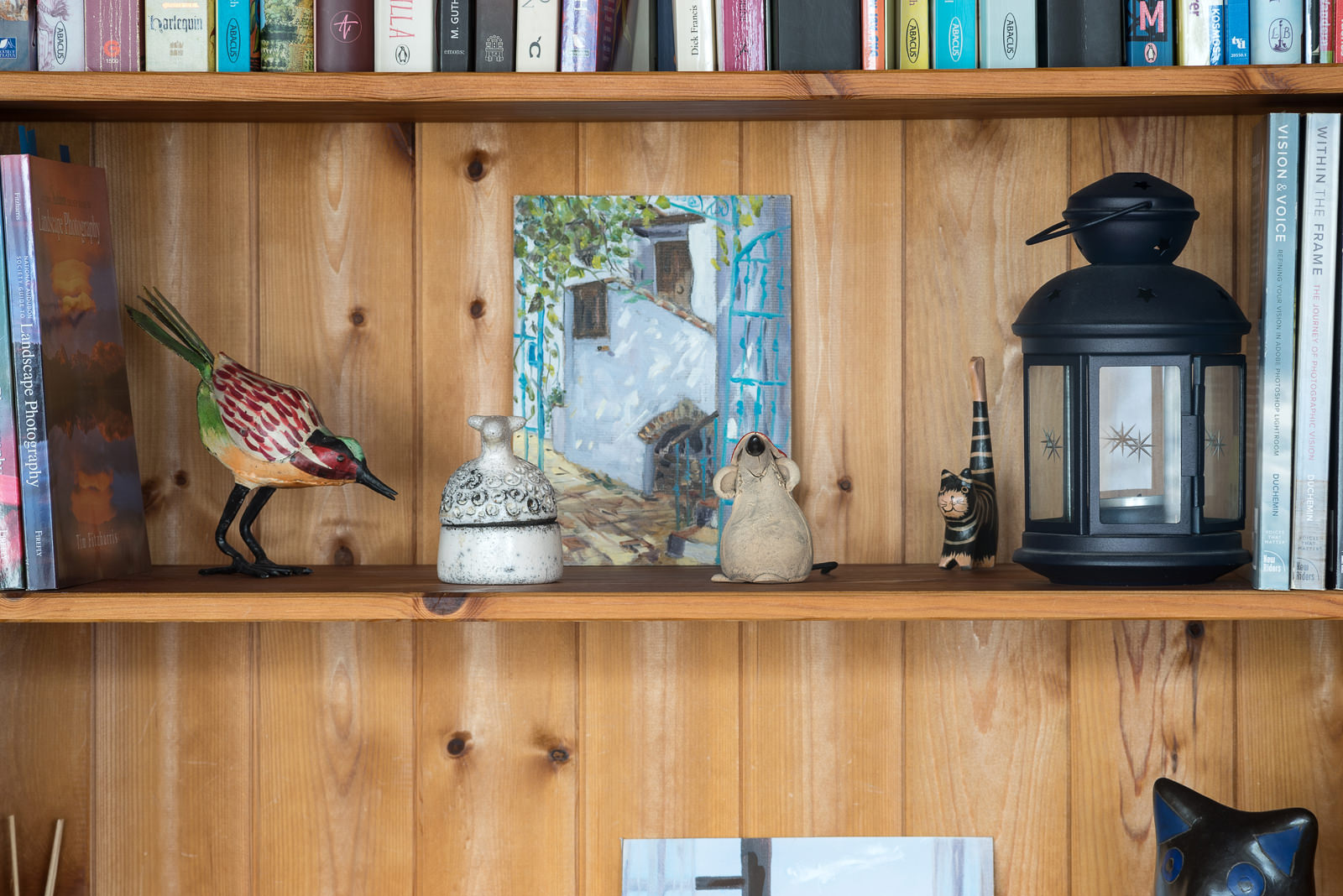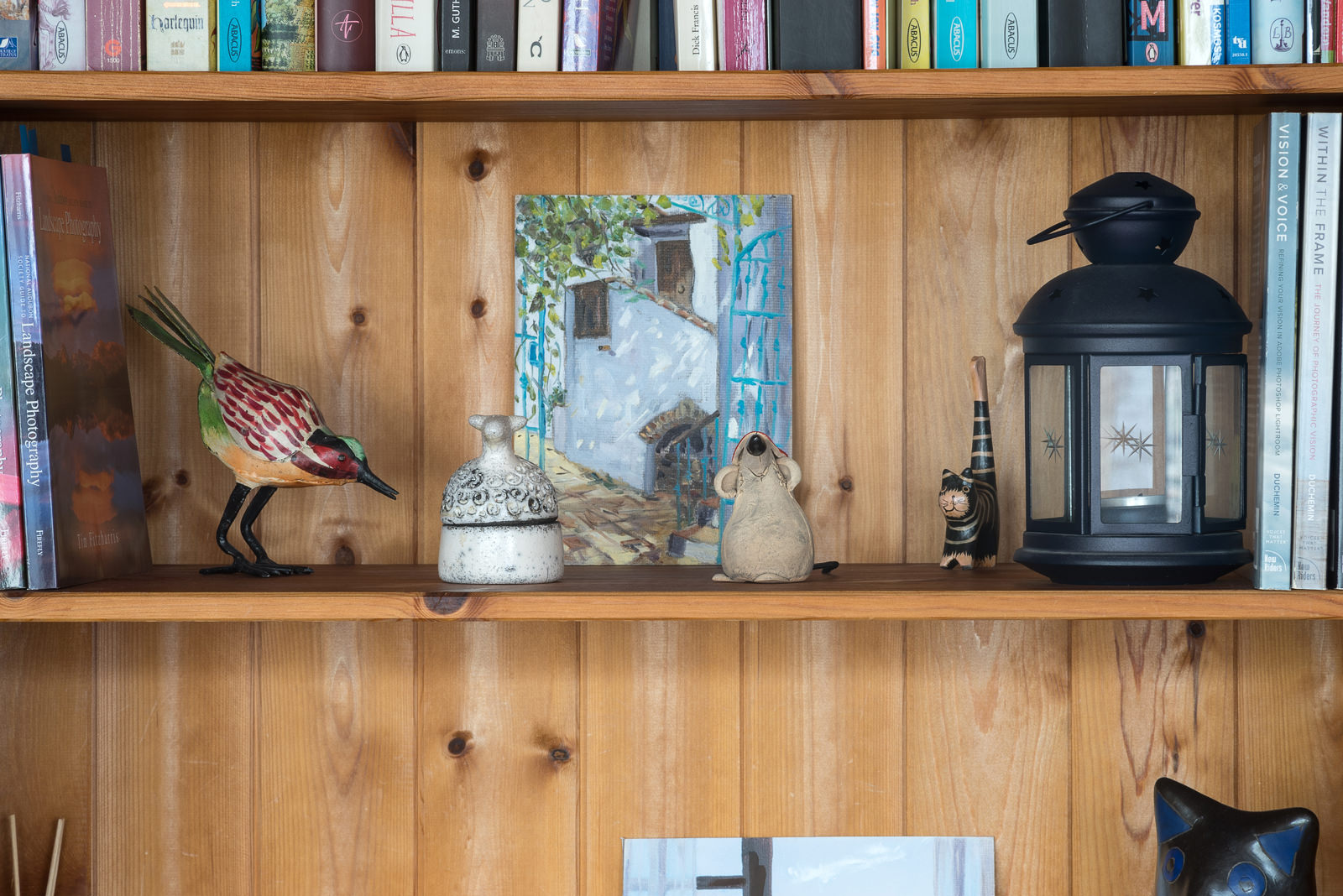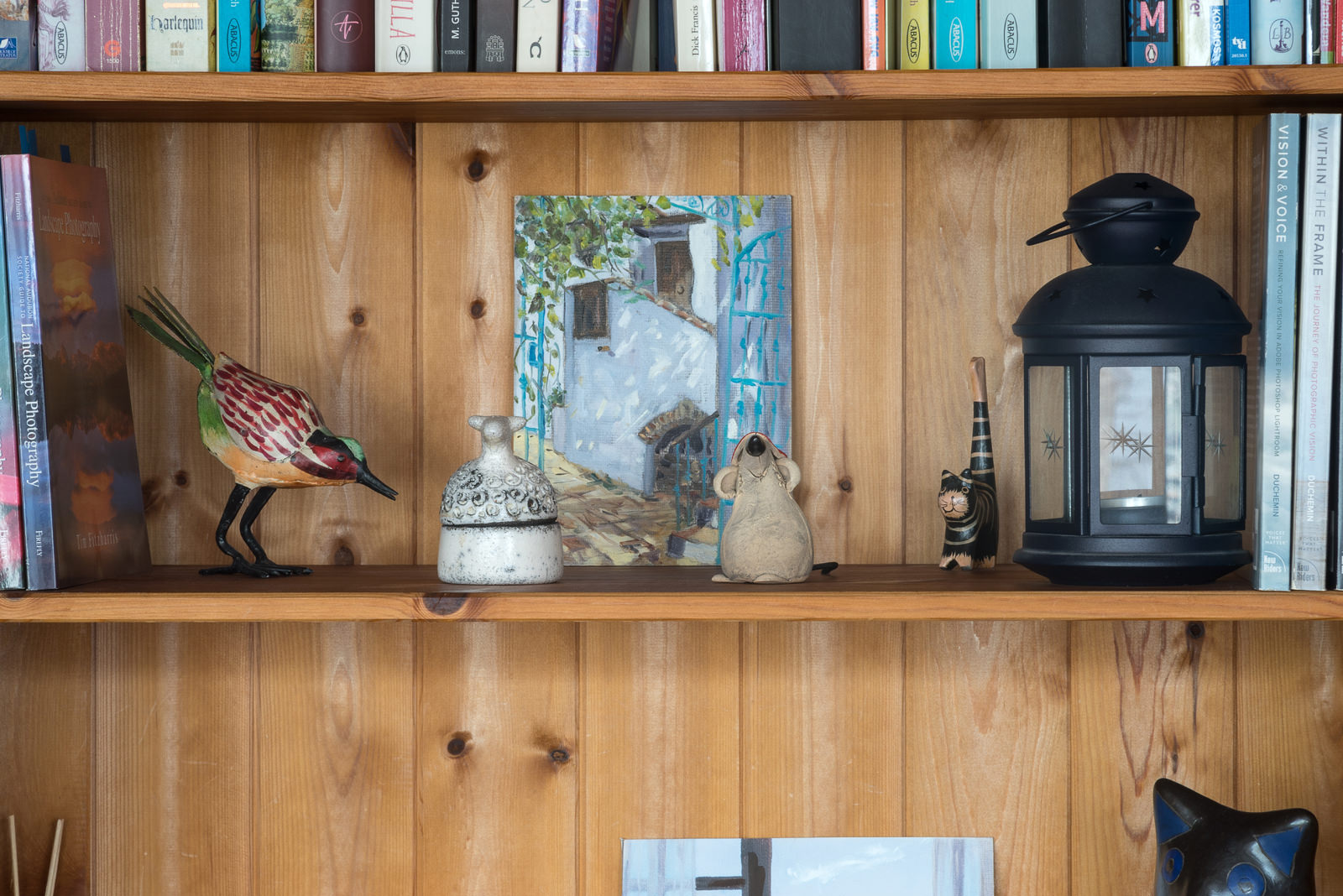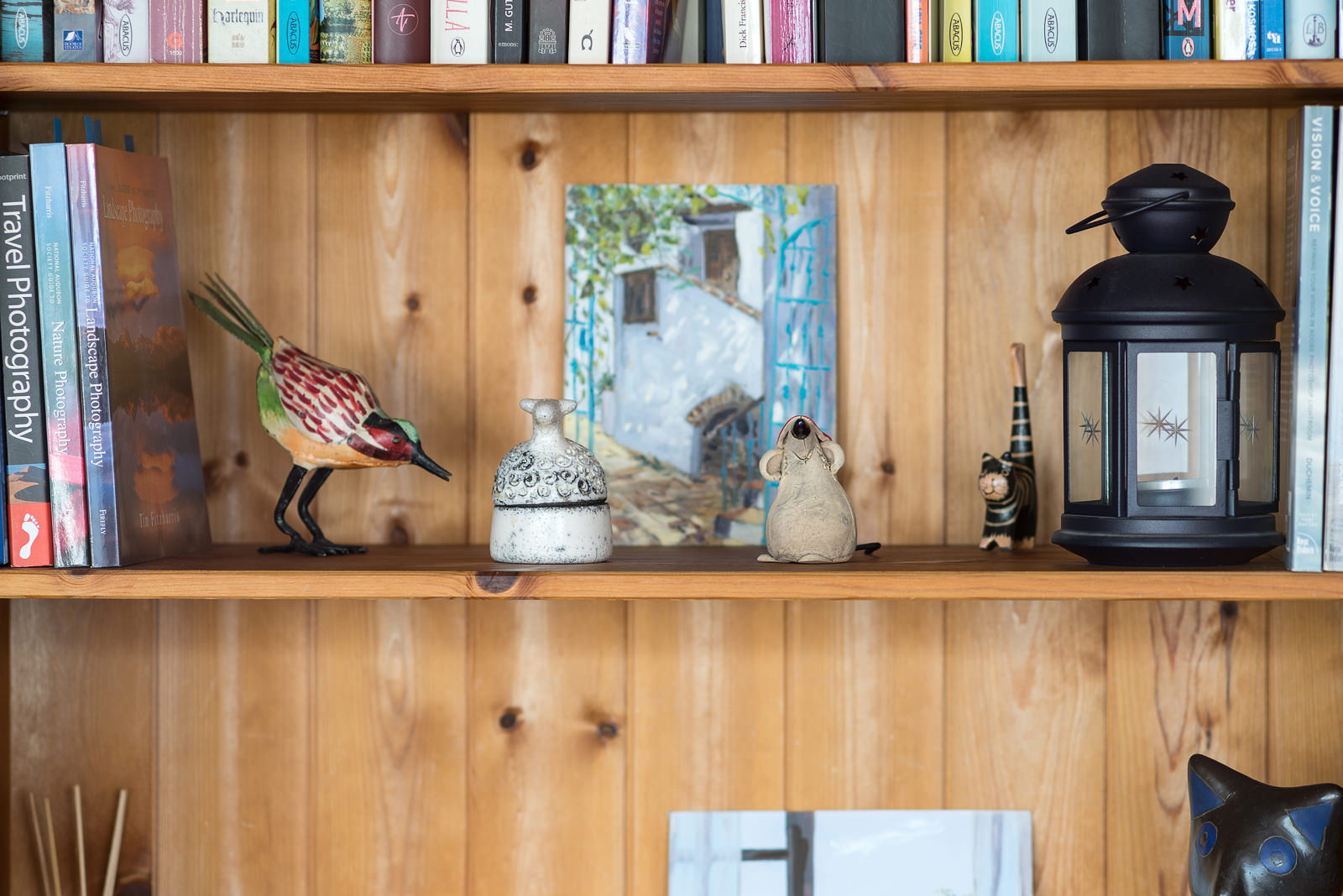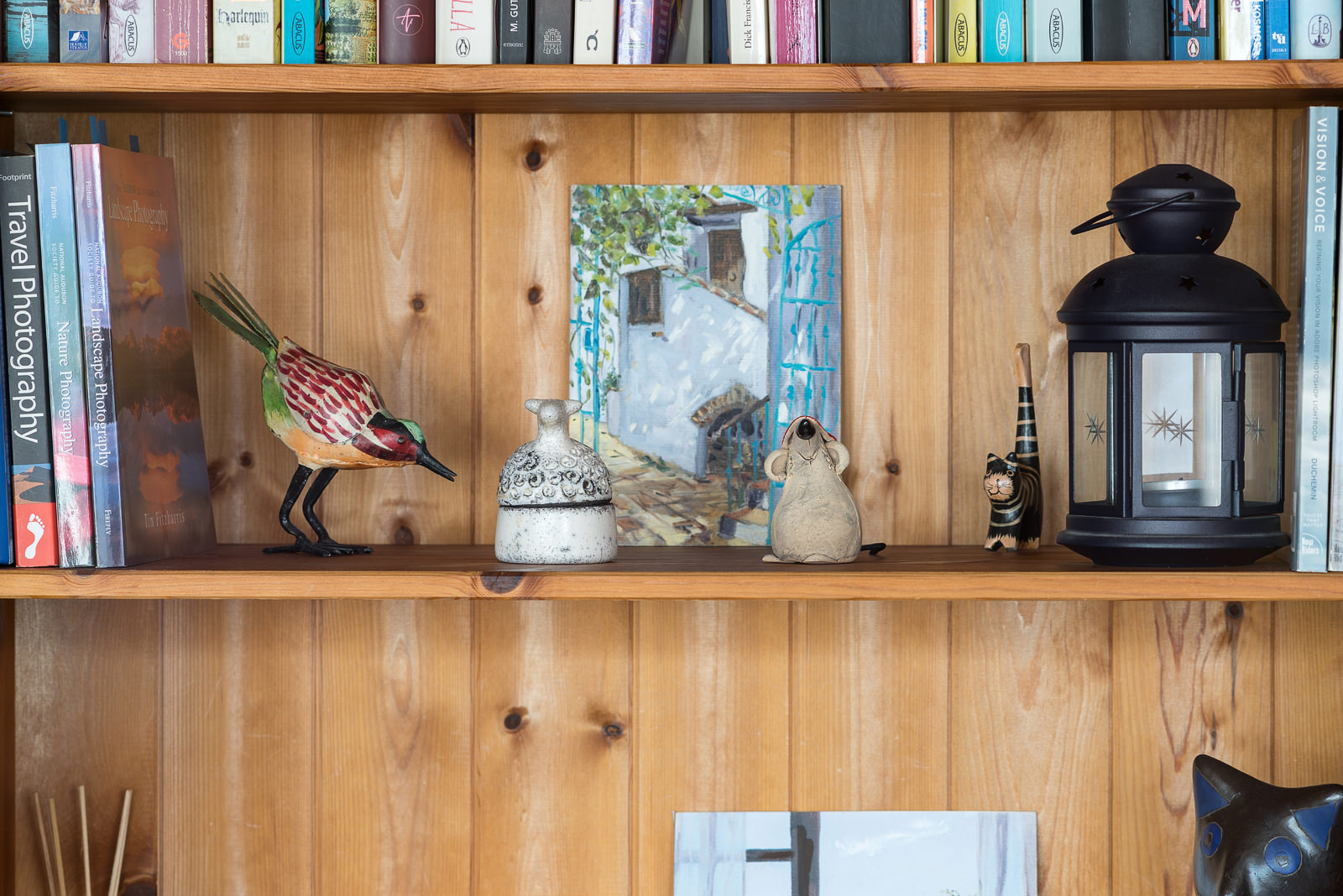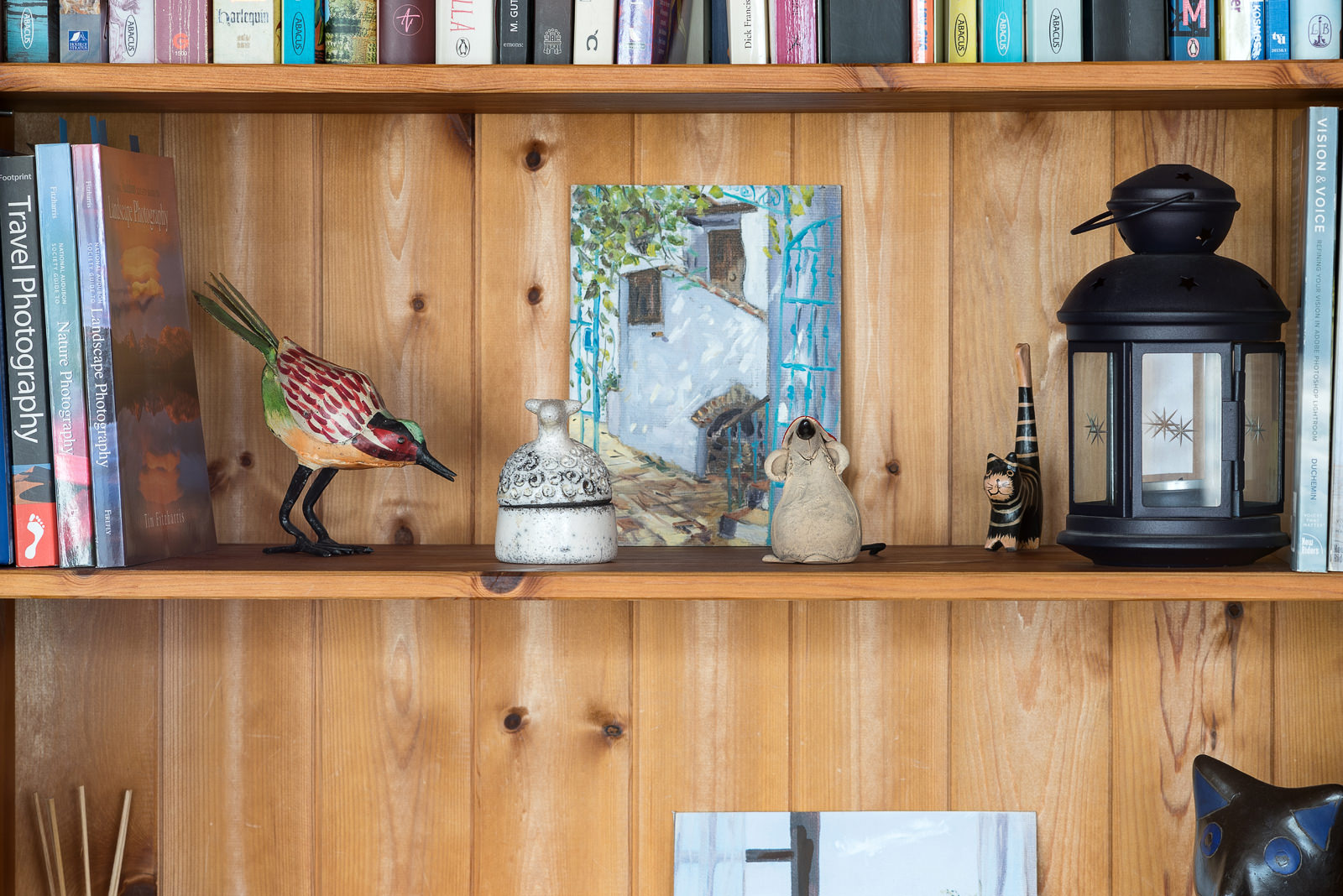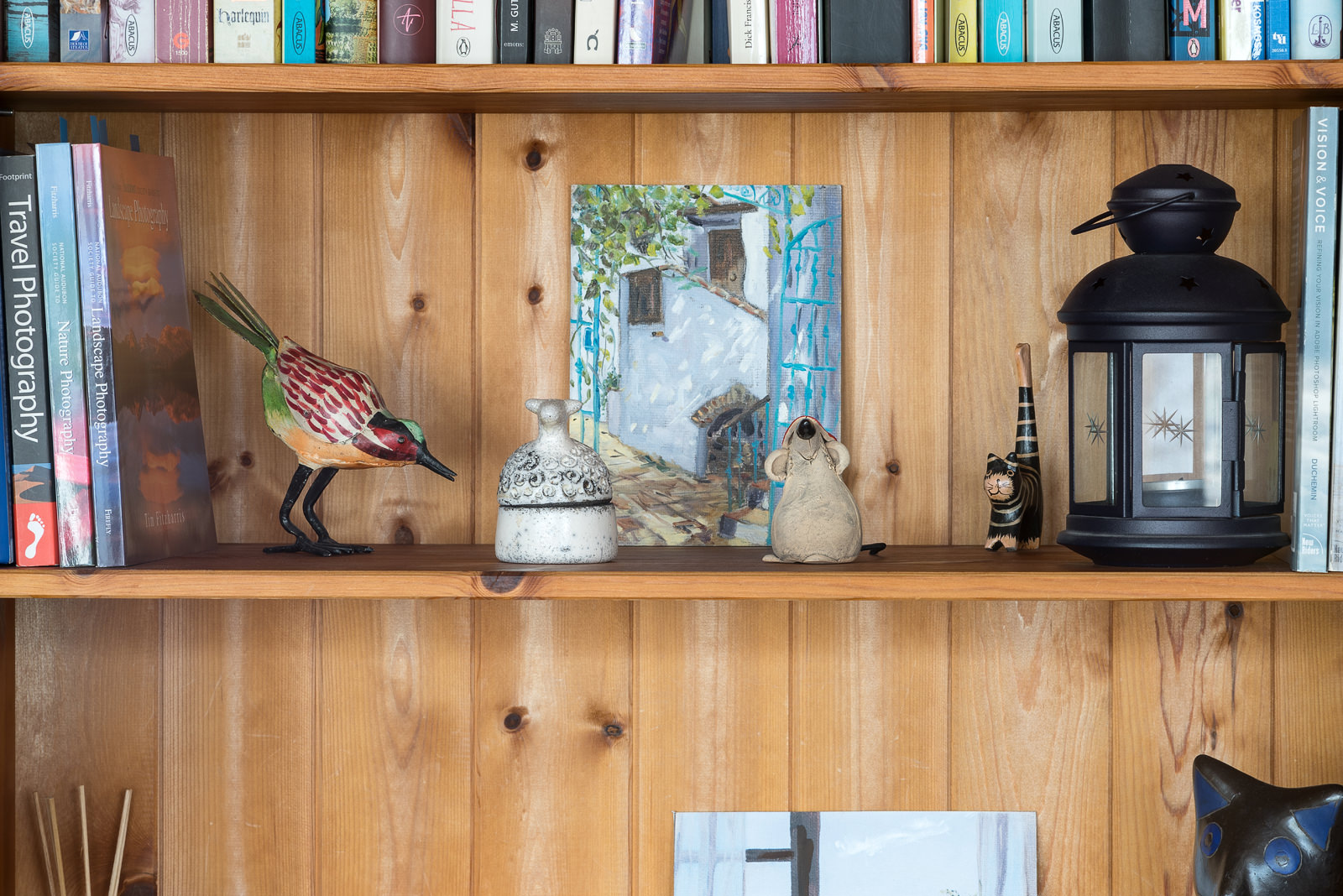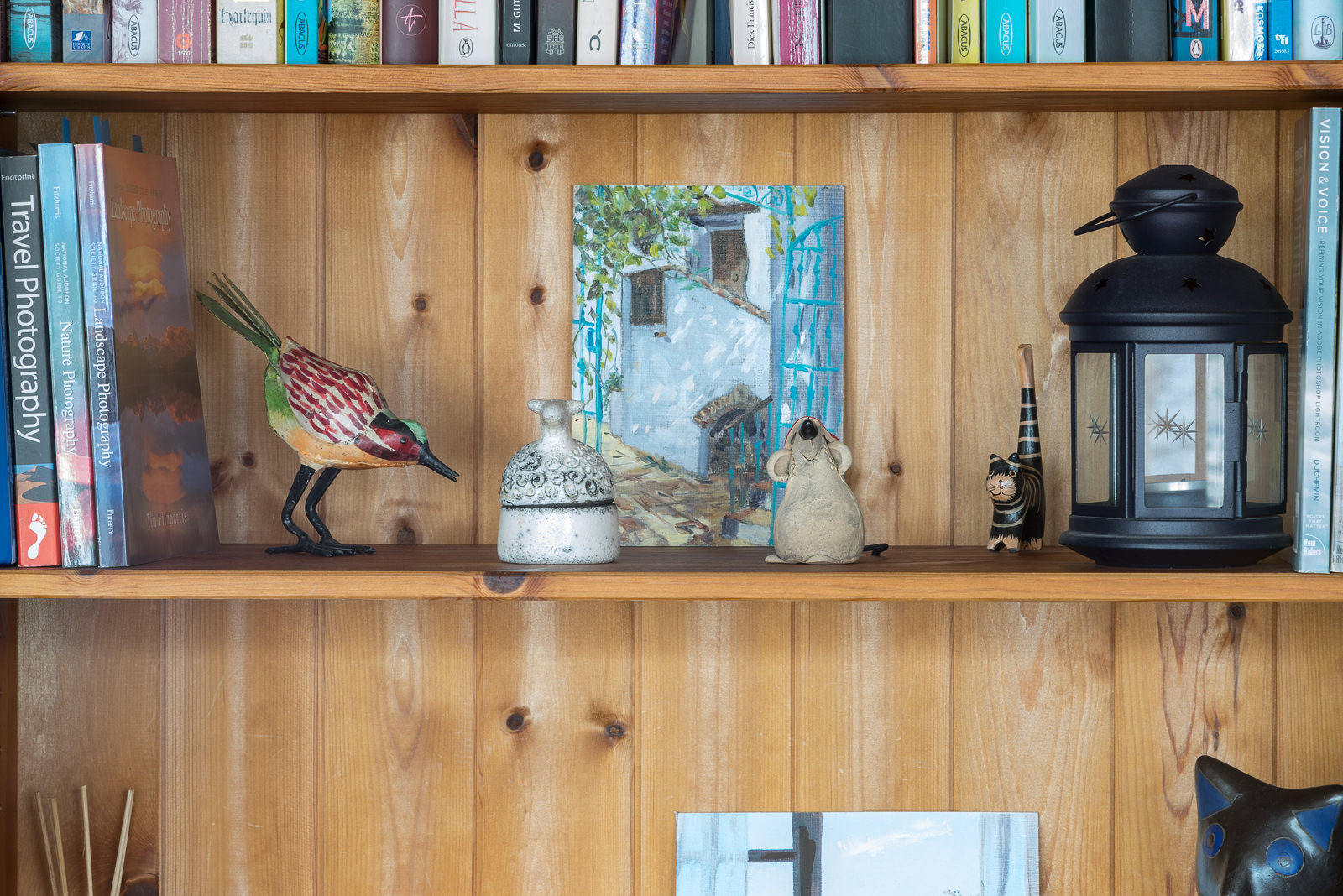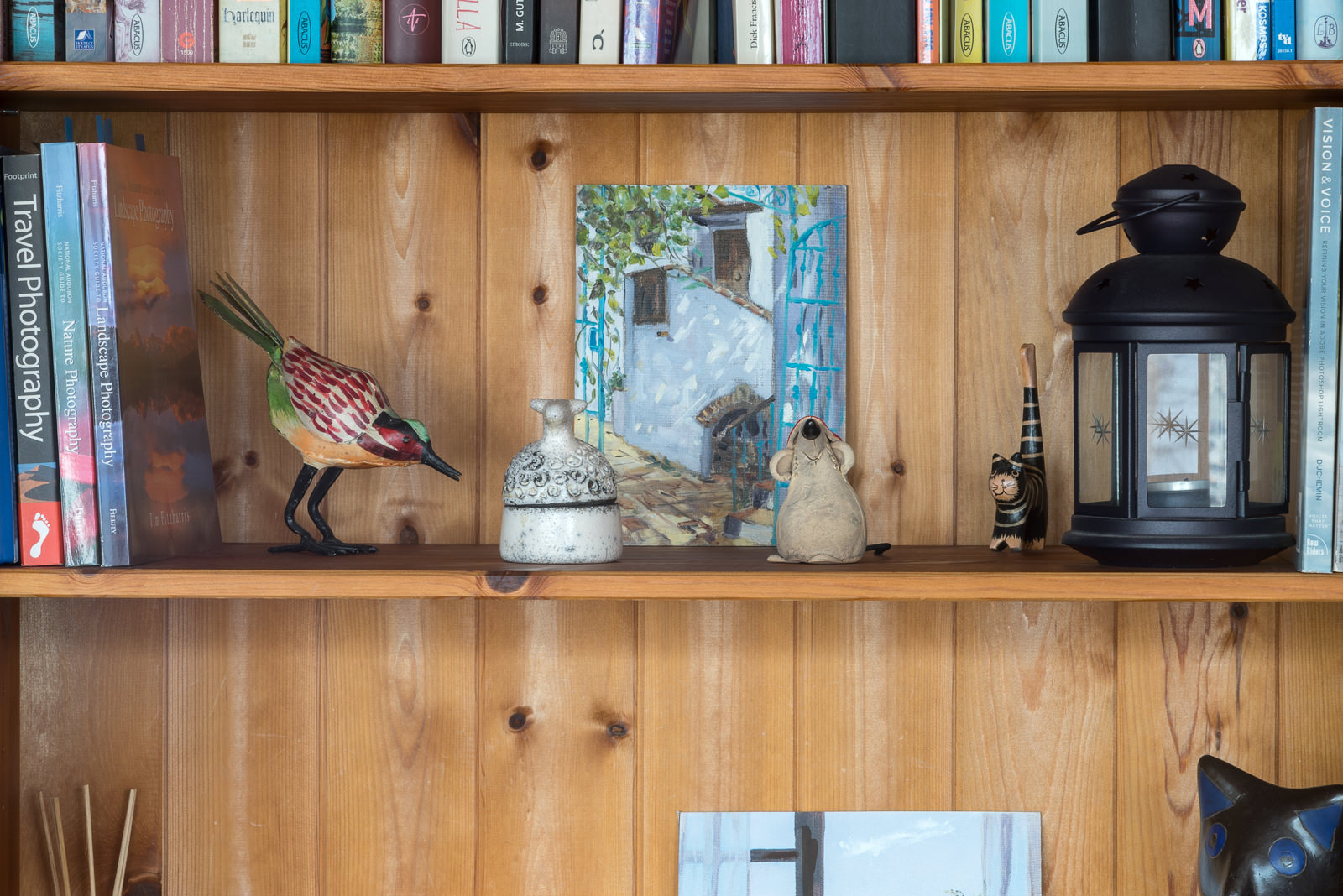When I was using my Canon 5D (still have it just not using it much) the 135mm f2 L lens was one of my favourites. The focal length just suited my style of photography and, let's face it, the 135mm f2 lens is one of the sharpest lenses ever made. Those who argue with that last statement must have purchased a "Monday morning lens" or just aquired a bad copy. So when I started with manual focus lenses on my then new Olympus E-PL1 I had to aquire some lenses in the 135mm range. There were a couple of small points I hadn't really thought about at the time, namely the adapter and the crop factor of the M43 sensors. Weight isn't something that jumps to mind either when you're used to modern AF lenses. These old manual focus lenses do have some heft to them, mainly because of the all-metal build.
The only slim adapters out there are the ones used in conjunction with rangefinder lenses and doesn't affect the length of the whole construction that much. All other adapters adds some 3cms (1.2") to the overall length which is not to be ignored (plus its own weight). Considering that modern cameras usually consists of a lot of plastic parts (some cameras have a metal chassis), they're very light compared to the old film cameras. Put a lot of metal on the fromt of this little camera and it suddenly becomes a little cumbersome and not very well balanced. The Olympus E-PL1 didn't have much of a grip and it was indeed unbalanced but I could use these lenses on it quite well. Even thoough it didn't have the peaking function I could nail focus very easily with it. As a matter of interest manual focusing with the E-PL1 was easier than with later models in my opinion. When focus was achieved it "shimmered" (for want of a better word) in the viewfinder.
The best manual focus system currently available in my opinion is the one from Sony. The peaking function plus zebra lines seems perfect and was made especially for me. I just dial down the zebra display until I see none in the EVF then I dial in some more exposure using the EC dial until I see them again. Then I know exposure is spot on. I use the 100% zebra setting. All other manufactures are getting there, but they're not quite there yet. Give them a couple more shots at it and I think they'll all be there; just like the fact you can't buy a bad camera today. They're all so close it comes down to personal preference, what you like and what you don't about a system.
I digress, so let's get back to the point of this post. In all, I mounted seven different lenses in the 135mm range on the Sony A7r for this test. Some of you may be interested in the weight of these lenses so I've included those in the little table below. You might think the weight difference isn't all that significant but, believe me, it really does affect how the system handles. There's ONLY some 200g difference between the lightest and heaviest lens but that's what makes all the difference. These lenses handle better on cameras with a real grip like the Olympus E-M1 but it's possible to use all the following lenses on any mirrorless camera on the market today.
The lenses tested were as follows:
| Olympus OM 135 f2.8 | 447g with adapter |
| Olympus OM 135 f3.5 | 403g with adapter |
| Konica Hexanon AR 135 f3.5 | 426g without adapter |
| Minolta MD Rokkor 135 f2.8 | 524g without adapter |
| Minolta MD Rokkor-X 135 f3.5 | 368g with adapter |
| Pentax SMC 135 f3.5 | 367g with adapter |
| Nikon Nikkor 135 f3.5 | 528g with adapter |
Two things to note about all of the above lenses:
1. All the lenses comes with a built-in hood and something I just love.
2. These lenses are NOT IF lenses which means the barrel extends when focusing. Many people think that primes are all internal focusing (most modern ones are).
Images were taken using the Sony A7r (which has an amazing sensor) and scaled down to 1600px on the longest side. Camera was mounted on a sturdy tripod and was positioned approximately 2.5m away from the subject.
Olympus OM 135 f2.8
@ f2.8 Click image for larger version
@ f4 Click image for larger version
@ f5.6 Click image for larger version
@ f8 Click image for larger version
@ f11 Click image for larger version
@ f16 Click image for larger version
@ f22 Click image for larger version
The Olympus is a very well built lens and has a smooth focusing ring. It takes a 55mm lens cap and is 12.5cms long with adapter attached. This lens came is 3rd place as my most favourite 135mm lens to use.
Olympus OM 135 f3.5
@ f3.5 Click image for larger version
@ f5.6 Click on image for larger version
@ f8 Click image for larger version
@ f11 Click on image for larger version
@ f16 Click on image for larger version
@ f22 Click on image for larger version
Exhibiting the same build quality as the 135mm f2.8 lens, namely excellent, this lens is my second favourite 135mm lens. It takes a 49mm lens cap and is 12cms long with adapter which is just 0.5cms less than its f2.8 brother. However the lens is much thinner and easier to manage when mounted on a mirrorless camera. Focus ring is smooth and a joy to use.
Konica Hexanon AR 135 f3.5
@ f3.5 Click image for larger version
@ f5.6 Click image for larger version
@ f8 Click on image for larger version
@ f11 Click image for larger version
@ f16 Click image for larger version
@ f22 Click on image for larger version
12cms long with adapter and using a 55mm lens cap like the Olympus 135mm f2.8 lens. Construction is good and finish very nice. The focusing ring is a little harder to turn than the Olympus lenses but image quality is very good indeed. I personally find it a little large for an f3.5 lens, but then again, everything is relative. Recommended as I see these going now for about €40. That's what I call a bargain.
Minolta MD-Rokkor 135 f2.8
@ f2.8 Click image for larger version
@ f4 Click image for larger version
@ f5.6 Click image for larger version
@ f8 Click image for larger version
@ f11 Click image for larger version
@ f16 Click image for larger version
@ f22 Click image for larger version
This is one heavy lens, weighing in at 524g without an adapter attached. Approximately 13cms long with adapter with a 55mm cap. Not one of my favourites because of the weight. Image quality is good however, so this was purely a personal decision due mainly to the weight.
Minolta MD Rokkor-X 135 f3.5
@ f3.5 Click image for larger version
@ f5.6 Click image for larger version
@ f8 Click image for larger version
@ f11 Click image for larger version
@ f16 Click image for larger version
@ f22 Click image for larger version
Only 11cms long with adapter attached and one of the lightest lenses coming in at 368g, again with adapter attached. Uses a 49mm cap. A much nicer lens to use than it's f2.8 counterpart. Smooth operation and good image quality. I wouldn't hesitate to use this lens with either a full frame or APS-C sensor.
Pentax SMC 135 f3.5
@ f3.5 Click image for larger version
@ f5.6 Click image for larger version
@ f8 Click image for larger version
@ f11 Click image for larger version
@ f16 Click image for larger version
@ f22 Click image for larger version
@ f32 Click image for larger version
The Pentax turned out to be my favourite 135mm lens. It's the smallest and about the lightest of the 135mm lenses I tested. Only one of two lenses that stop down to f32 (the other being the Nikon below). The lens weighs one gramm less that the Minolta 135 f3.5 and comes in at 367g with adapter. It also has the standard 49mm cap and is 0.5cms shorter than the Minolta f3.5 lens. This is my all-time favourite 135mm lens to use.
Nikon Nikkor 135 f3.5
@ f3.5 Click image for larger version
@ f4 Click image for larger version
@ f5.6 Click image for larger version
@ f8 Click image for larger version
@ f11 Click image for larger version
@ f16 Click image for larger version
@ f22 Click image for larger version
@ f32 Click image for larger version
This is the largest and heaviest lens in the line-up and it's only a f3.5 lens. I hate to think what the f2.8 is like but I'm not going to aquire one of thos. The weight of this one is enough for me. It actually weighs 528g with adapter, but remember, it's only a f3.5 lens. It's 13cms long and uses a 52mm cap. All other f3.5 lenses uses a 49mm cap.
Final thoughts:
Remember, these are my personal thoughts on the above lenses and yours may very well differ. I haven't found a bad lens in all of the 135mm lenses I tested so if you're contemplating on purchasing one just go ahead and do it. The chances are you'll get a good one. If I had to select one lens from the f2.8 bunch it would be the Olympus OM 135 f2.8 simply because of construction and handling. What I really like about the Olympus lenses, and this also applies to the f3.5 version, is the aperture ring sits forward of the focusing ring and for me, easier to find without taking my eye away from the viewfinder. Of the f3.5 bunch my vote goes to the Pentax but very closely followed by the Olympus. I could also take the Minolta but I find the construction and finishing better on the Pentax and Olympus lenses. As you can see from the images above, there really isn't a lot in it and it's more of a question of lens rendition and here you can see a subtle difference.





